Page 169 of 302

-The airbag indicator light in the instrument
pane l
The airbag system is moni tored ele ct ro ni ca lly
t o make certain it is f unct ion ing properly a t all
times. Each time you switch on the ignition,
the airbag system indicator light wi ll come on
for a few seconds (se lf d iagnost ics) .
The side curt ain airbag is not activated:
- if the igni tion is switched off,
- i n s ide collisions when the acce lerat ion
measu red by the sensor is too low,
- i n rear-end collisions,
- in rollovers.
A WARNING
-
- Safety belts and the a irbag system will
o nly p rov ide protection whe n occ upants
are in t he pro per sea ting posit io n
c::> page 54, Gener al recommendations.
- If the airbag indicato r ligh t comes on
w hen the veh icle is be ing u sed, have the
system inspected immedia tely by your
au thorized Audi dealer. T he side curta in
air bag may not work properly even whe n
the vehicle acceleration in a side coll ision
is h igh enough to act ivate the airbag .
How side curtain airbags work
Side curtain airbags con work together with
side airbags to help reduce the risk of head
and upper torso injuries for occupants who
are properly restrained.
Fi g. 1 57 Ill ust rat ion of p rincip le: In fl ated side cu rt a in
air bags on t he left side
The side curtain air bags inflate between the
occ upant and the windows on the side of the
"' N ;g
±
"" ID
A irbag system 167
vehicle that is s truck in a side col lision
c::> fig. 157 .
When the system is t rigge red, the side curta in
a irbag is filled w ith propellant gas and breaks
th ro ugh a seam above the front and rear side
w in d ows identified by the AIRBAG labe l. In or
der to he lp provide this additional protection,
t h e side curtain a irbag m ust inflate within the
blink of an eye at very high speed and with
great fo rce . The side curtain a irbag could in
jure you if your seating pos it io n is not prope r
o r upright or if items ar e located in the area
whe re the supplemen tal side curta in a irbag
i nfl ates. This applies espe cially to ch ild ren
c::> page 1 69 .
Although they are not a soft p illow, side cur
ta in a irbags can "cushion" the impact and in
th is way they can hel p to reduce the risk of in
j u ry to the head a nd the upper part o f the
body.
A fine dust may deve lop w hen the a irbag de
ploys . Th is is qui te no rm al and does not mean
t h ere is a fire in the vehicle .
Important safety instructions on the
side curtain airbag system
Airbags are only supplemental restraints. Al
ways properly wear safety belts and ride in a
proper seating position .
There is a lot that yo u and your passengers
must know a nd do to he lp the safety belts and
airbags do t heir job to provide supplemental
protection .
A WARNING
Improperly wearing safety belts and im
p roper seating pos it io ns increase the risk
of ser ious personal inju ry and death when
eve r a vehicle is being used .
- Never let occupants place any pa rts of
thei r bod ies in t he area from which the
side curta in a irbags inf late.
- Always ma ke s ure that the s ide curtain
a irbags can infla te witho ut interference.
-
Unsui table a ccessor ies fitted inside the ..,
Page 170 of 302
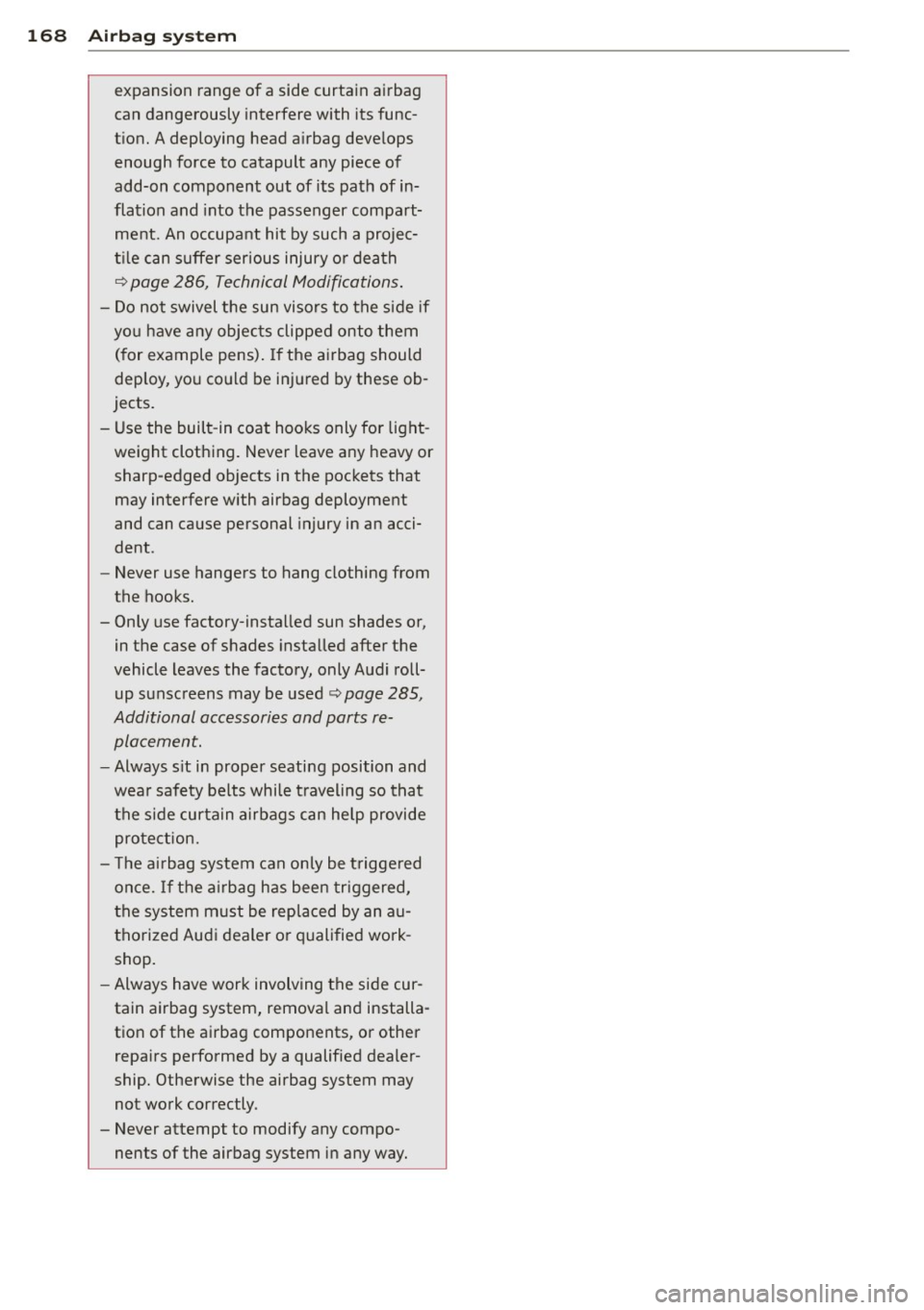
168 Airbag system
expansion range of a side curtain airbag
can dangerously interfere with its func
tion. A deploying head airbag develops enough force to catapult any piece of
add-on component out of its path of in
flation and into the passenger compart
ment. An occupant hit by such a projec
tile can suffer serious injury or death
9 page 286, Technical Modifications.
- Do not swivel the sun visors to the side if
you have any objects clipped onto them (for example pens). If the airbag should
deploy, you could be injured by these ob
jects.
- Use the built-in coat hooks only for light weight clothing. Never leave any heavy or sharp-edged objects in the pockets that
may interfere with airbag deployment
and can cause personal injury in an acci
dent .
- Never use hangers to hang clothing from
the hooks.
- Only use factory-installed sun shades or,
in the case of shades installed after the
vehicle leaves the factory, only Audi roll up sunscreens may be used
9 page 285,
Additional accessories and parts re placement.
- Always sit in proper seating position and
wear safety belts while traveling so that
the side curtain airbags can help provide
protection.
- The airbag system can only be triggered
once.
If the airbag has been triggered,
the system must be replaced by an au
thorized Audi dealer or qualified work
shop.
- Always have work involving the side cur
tain airbag system, removal and installa
tion of the airbag components, or other
repairs performed by a qualified dealer
ship. Otherwise the airbag system may
not work correctly.
- Never attempt to modify any compo nents of the airbag system in anyway.
Page 171 of 302

Child Safety
Important things to know
Introduction
The rear seat is generally the safest place in a
collision .
The physical principles of what happens when
your veh icle is in a crash app ly also to chi ldren
~ page 138, What happens to occupants not
wearing safety belts? .
But unlike adults and
teenagers, their muscles and bones are not
fu lly developed. In many respects children are
at greater risk of serious injury in crashes than
adu lts.
Because children's bodies are not fully deve l
oped, they require restraint systems especial ly designed for their size, weight, and body
structure . Many countries and all states of the
United States and provinces of Canada have
laws requiring the use of approved child re
straint systems for infants and small children .
In a fronta l crash at a speed of 20 -35 mph
(30-56 km/h) the forces acting on a 13-pound
(6 kg) infant w ill be more than 20 t imes the
weight of the child . This means the weight of
the child would suddenly be more than
260 pounds (120 kg). Under these conditions,
on ly an appropriate chi ld restraint properly
used can reduce the risk of ser ious injury .
Child restraints, like adult safety belts, must
be used properly to be effective. Used improp
erly, they can increase the risk of serious in
jury in an accident.
Consult the child safety seat manufacturer's
instructions in order to be sure the seat is
right for your chi ld's size ~
page 172, Impor
tant safety instructions for using child safety
seats.
Please be sure to read and heed all of
the important information and WARNINGS
about ch ild safety, Advanced A irbags, and the
installation of child restraints in this chapter.
There is a lot you need to know about the Ad
vanced Airbags in your vehicle and how they work when infants and children in child re-
Child Sa fet y 169
straints are on the front passenger seat . Be
cause of the large amount of important infor
mation, we cannot repeat it a ll here . We urge
you to read the detailed information in this owner's manual about airbags and the Ad
vanced Airbag System in your vehicle and the
very important information about transport
ing children on the front passenger seat .
Please be sure to heed the WARNINGS -they
are extremely important for your safety and
the safety of your passengers, especially in
fants and small chi ldren .
A\. WARNING
-Accident statistics have shown that chil
dren are generally safer in the rear seat
area than in the front seating position.
Always restrain any child age 12 and un der in the rear.
- All vehicle occupants and especially chil
dren must be restrained properly when
ever riding in a vehicle . An unrestrained
or improperly restrained chi ld could be
injured by str ikin g the interior or by be
ing ejected from the vehicle during a
sudden maneuver or impact. An unre
strained or improper ly restrained chi ld is
also at greater risk of injury or death
through contact with an inflating airbag.
- A suitable chi ld restraint properly instal
led and used at one of the rear seating
positions provides the highest degree of
protection for infants and small children
in most accident situations.
A WARNING
Children on the front seat of any car even
with Advanced Airbags can be ser iously in
jured or even killed when an a irbag in
flates. A child in a rearward-facing child
safety seat installed on the front passen
ger seat will be ser iously injured and can
be killed if the front airbag inflates .
- The inflating airbag will h it the child
safety seat or infant carrier with great
force and will smash the child safety seat
and child against the backrest, center
armrest, or door.
•
•
Page 172 of 302

170 Child Safety
-Always install rear-facing child safety
seats on the rear seat.
-If you must install a rearward facing
child safety seat on the front passenger
seat in exceptiona l circumstances and
the
PASSENGER AIR BAG OFF light does
not come on and stay on, immed iately
install the rear-facing child safety seat in
a re ar seating posit ion and have the air
bag system inspec ted immediately by
yo ur Audi dealer.
_& WARNING
If, in exceptional circumstances, you must
install a forward -facing child restraint on
the front passenger's seat:
- Always make su re the forward-fac ing
seat has been designed and certified by
its manufacturer for use on a front seat
with a passenger front and side airbag.
- Always follow the man ufacturer's in
struct ions provided with the child safety
seat or carrier.
- Always move the passenger seat into its
rearmost position in the seat 's fore and
aft adjustment range, as far away from
the a irbag as poss ible before installing
the ch ild restraint. The backrest must be
adjusted to an upr ight position .
- Always make sure that the
PASSENGER
AIR BAG OFF
light comes on and stays
on all the time whenever the ignition is
switched on.
Advanced front airbag system and
children
Your vehicle is equipped with a front "Ad
vanced A irbag System" in compliance wit h
United States Federal Motor Vehicle Safety
Standard (FMVSS) 208 as app licab le at the
time your veh icle was manufactured.
The Advanced Airbag system in your vehicle
has been certified to meet the " low-risk" re
qu irements for 3- and 6-year old ch ildren on
the passenger s ide and small adults on the
driver side . The low risk deployment criter ia are intended
to red uce the risk of in jury
thro ugh interaction with the airbag that can
occur, for examp le, by being too close to the
steering wheel and instrument panel when
the a irbag inflates. In addition, the system
has been certified to comply with the "sup
pression" requirements of the Safety Stand
ard, to turn off the front a irbag for infants up
to 12 months who are restrained on the front
passenge r seat in child restra ints that are list
ed in the Standard .
Even though your veh icle is equipped with an
Advanced Airbag system, a ll children, espe
cially those 12 years and younger, should al
ways ride in the back seat properly res trained
for their age and size . The airbag on the pas
senger side makes the front seat a potentially
dangerous place for a ch ild to ride . The front
seat is not the safest p lace for a child in a for
ward-fac ing ch ild safety seat. It can be a very
dangerous place for an infant or a larger child
in a rearward-fac ing seat .
Advanced Airbags and the weight
sensing mat in the front seat
The Advanced Airbag System in you r vehicle
detects the presence of an infant or child in a
child restraint on the front passenger seat us
ing the weight-sens ing mat in the seat cush
ion and the sensor below the safety belt latch
on the front passenger seat that measures the
tens ion on the safety belt .
The weight-sensing mat measures total
weight of the child and the child safety seat and a ch ild blanket on the front passenger
seat. The we ight on the front passenger seat
is related to the design of the ch ild restraint
and its "footp rint", the s ize and shape of the
bottom of the child res traint as it sit s on the
seat. The weight of a ch ild restra int and its
"footprint" vary for different kinds of child re
straints and for the different mode ls of the
same kind of chi ld restraint offered by ch ild
restraint manufacturers.
T he weight ranges fo r the individual types,
makes and models of child restraints that the .,._
Page 173 of 302

NHTSA has specified in the Safety Standard
together with the weight ranges of typical in
fants and typical 1 year-o ld child have been
stored in the control unit of the Advanced A ir
bag System. When a child restraint is being
used on the front passenger seat with a typi
cal 1 year-old ch ild, the Advanced Airbag Sys
tem compares the we ight measured by the
weight sens ing mat with the informat ion s to r
ed i n the electron ic cont rol unit.
The electron ic control unit a lso registers the
tension on the front passenger safety be lt .
The te nsio n on the safety be lt fo r the front
passenger seat will be d iffe rent for an ad ult
who is properly using the safety belt as com
pa red to the tension on the be lt when it is
used to attach a child restraint to the seat.
T he sensor below the latch for the safety be lt
for the front seat passenger measures the t ension on the be lt. The input from this sen
sor is then used with the we ight to "decide",
whether there is a ch ild restrai nt with a typ ica l
1 year-o ld child on the front passenger seat
and whether or no t the airbag mus t be turned
off.
Child restraints and Advanced Airbags
Regard less o f the chi ld res traint that you use,
make sure that it has been certified to meet
United States Federal Motor Vehicle Safety
Standards and has been certified by its manu
facturer for use with an airbag. Always be sure
that the child restraint is properly insta lled at
one of the rear seat ing pos itions .
If in excep
tional c ircumstances you must use it on the
fr ont passenge r seat, caref ully read all of the
information on c hild safety and Adv ance d Air
b ags and heed a ll of the app licable WAR N
I NGS . Ma ke certai n that the child restraint is
correctly recognized by the weig ht-sensing
mat inside the front passenger seat, that the
front passenger airbag is turned off and that
t he airbag status is always correctly signaled
by the
PASSENGE R AIR BAG OFF light .
Many types and models of child restraints
h ave been ava ilable over the years, new mod
els are introduced regularly incorporating new
Child Sa fet y 1 71
and imp roved des igns and o lde r models a re
taken out of production . Chi ld restraints are
not standard ized. Child rest raints of the same
type typically have d ifferent weights and si zes
and different 'footpr ints,' the size and shape
of the bottom of the ch ild restrai nt that sits
o n the sea t, when they a re installed on a veh i
cle seat . These diffe ren ces make it v irtually
i mpossible to certify complian ce with t he re
quiremen ts for advanced airbags with eac h
and every ch ild restraint tha t h as eve r been
so ld in the past or wi ll be so ld over the course
of the useful life of your vehicle.
Fo r thi s reason, the Uni ted S ta tes Na tional
Hig hway Traffic Safety Adm inist rat ion has
published a list o f specific type, makes and
models of child restraints that must be used
to certify comp liance of the Advanced Airbag
System in your veh icle with the suppression
requirements of Federal Motor Vehicle Safety
Standard 208 . These child restraints are :
Subpart A - Car bed child restra ints
Model
A ngel Guard A ngel
Ride AA2403FOF
Manufactured on or
after
September 25, 2007
Subpart B - Rear-facing child restraints
Model Manufactured on or
after
Century SmartF it December 1, 1999
4543
Cosco Arriva September 25, 2007
I
22-013PAW and base
22-999WHO
I
Evenflo Discovery Ad- December 1, 1999
just Right 21 2
Evenflo First Choice December
1, 1999
204
Graco Infant 8457 December 1, 1999
Graco Snug ride September 25, 2007 Peg Perego Pr imo Vi- September 25, 2007
aggio SIP IMUNOOUS
•
•
....
Page 174 of 302

172 Child Safety
Subpart C - Forward-facing and
convertible child r estra in ts
Model Manufactured on or
after
Britax Roundab out September 25, 2007
E 9 L02xx
Cos co Touriva 02519 December 1, 1999
Cosco Summit Deluxe September 25, 2007
High Back Booster
22-262
Cosco High Back September 25, 2007
Booster 22-209
Evenflo Tribu te V Sep tember 25 , 200 7
379xxxx
Evenflo Medallion December 1, 1999
254
Evenflo Generations
352xxxx
Graco ComfortSport
Graco Toddler Safety
Seat Step 2 September 25, 2007
September 25, 2007
September 25, 2007
Graco Platinum Cargo September 2S, 2007
8_ WARNING
To reduce the risk of serious injury, make
sure that the
PASSENGER AIR BAG O FF
light comes on and stays on whenever a
child restraint is installed on the front pas
senger seat and the ignition is sw itched
on .
- Take the child restraint off the front pas
senger seat and install it properly at o ne
of the rea r seat positions if the
PASSEN
GER AIR BAG OFF
light does not stay on.
- Have the airbag system inspected by
yo ur autho riz ed Aud i dealer immediat e
ly.
The c hild seats listed in catego ries A to C
have been tested by A udi on ly for th e Ad
vanced Ai rbag function .
Important safety instructions for using
child safety seats
Correct use of child safety seats substantially
reduces the risk of injury in an accident!
As the dr iver, yo u are respons ib le for the safe
ty of everybody in the veh icle, especially ch il
dren:
.,. Always use the right ch ild safety seat for
each child and always use it properly
~ page 174.
.,. Always carefu lly fo llow the child sa fe ty seat
manufac turer's inst ruct ions on how to ro ute
t he sa fe ty belt properly through the child
safety seat .
.,. When using the vehicle safety belt to install
a child safety seat, you must first activate
the convertib le locking retractor on the
safety belt to prevent the child safety seat
from mov ing
r=> page 178.
.,. Push the c hild safety seat down with you r
full weight to get t he safety be lt really tight
s o that t he seat ca n no t move fo rward o r
sideways more th an one inch
(2 .5 cm) .
.,. If a s trap o r tet her is being used to tie the
child safety seat to the front passenger
seat, make sure that it is not so tight that it
causes the weight-sensing mat to measure
more weight than is actually on the seat .
Always remember : Even tho ugh yo ur vehicle is
equipped with an Advanced Airbag system, all
children, especially those 12 years and young
er, shou ld always r ide in the back seat proper
ly restra ined fo r the ir age and size .
A WARNING
-Not usi ng a child safety seat, using t he
wrong child safety s eat o r imprope rly in
stalling a c hild res tra int increases the risk
of ser ious perso na l in ju ry an d de ath.
- All vehicle oc cupants and espe cially chil
d ren mu st always be res tra ine d pr operly
wheneve r rid ing in a vehicle.
-
Page 175 of 302
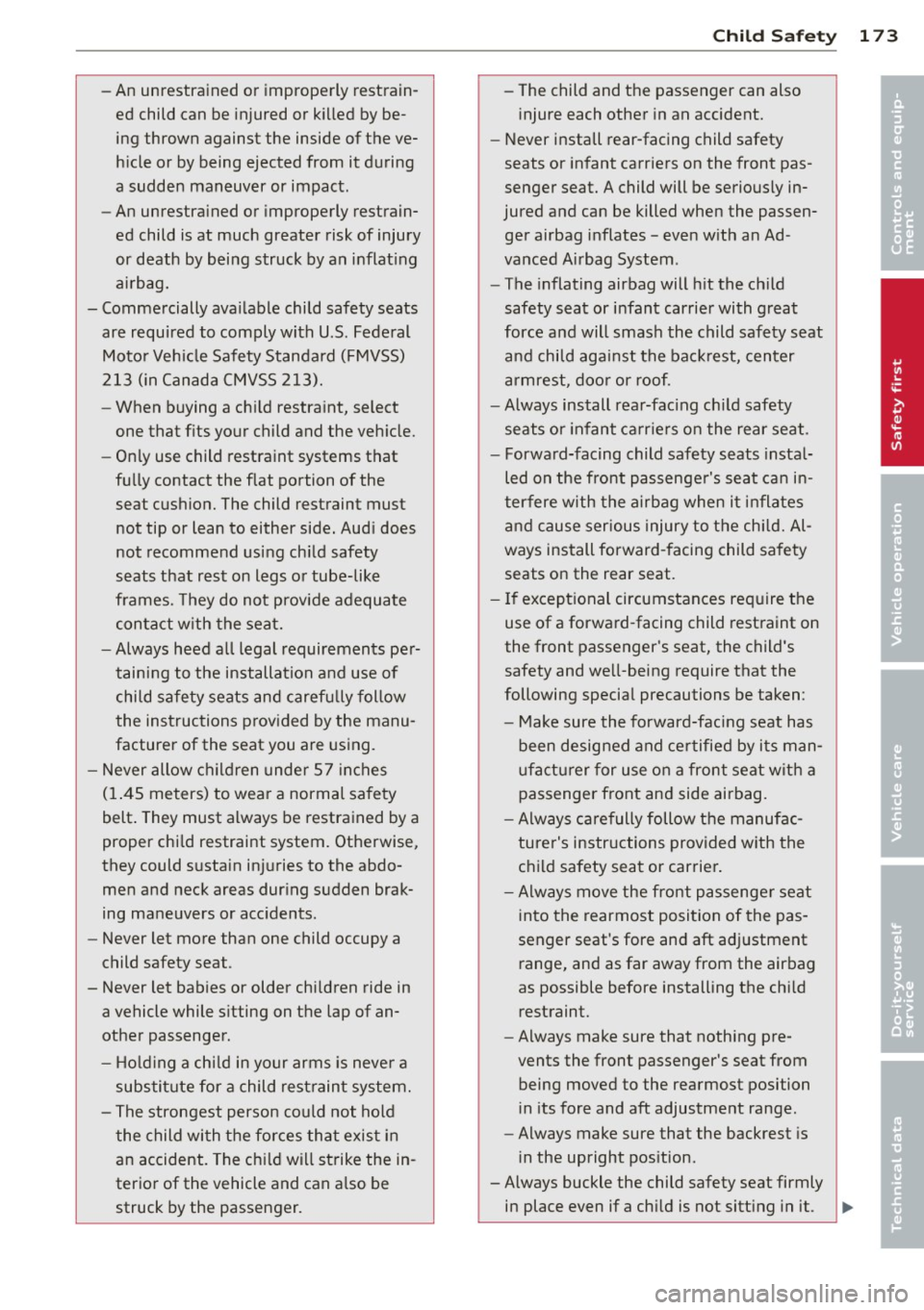
-An unrestrained or improperly restrain
ed child can be injured or killed by be
ing thrown against the inside of the ve
hicle or by being ejected from it during
a sudden maneuver or impact .
- An unrestrained or improperly restrain
ed child is at much greater risk of injury
or death by being struck by an inflating
airbag.
- Commercially available child safety seats are required to comply with U .S . Federal
Motor Vehicle Safety Standard (FMVSS)
213 (in Canada CMVSS 213).
- When buying a child restraint, select
one that fits your child and the vehicle.
- Only use child restraint systems that
fully contact the flat portion of the seat cushion. The child restraint must
not tip or lean to either side. Audi does
not recommend using child safety
seats that rest on legs or tube-like
frames. They do not provide adequate
contact with the seat.
-Always heed all legal requirements per
taining to the installation and use of
child safety seats and carefully follow
the instructions provided by the manu
facturer of the seat you are using.
- Never allow children under 57 inches
(1.45 meters) to wear a normal safety
belt. They must always be restrained by a
proper child restraint system. Otherwise,
they could sustain injuries to the abdo men and neck areas during sudden brak
ing maneuvers or accidents.
- Never let more than one child occupy a
child safety seat .
- Never let babies or older children ride in a vehicle while sitting on the lap of an
other passenger.
- Holding a child in your arms is never a
substitute for a child restraint system.
- The strongest person could not hold
the child with the forces that exist in
an accident. The child will strike the in
terior of the vehicle and can also be
struck by the passenger.
Child Safety 173
- The child and the passenger can also
injure each other in an accident.
- Never install rear-facing child safety
seats or infant carriers on the front pas
senger seat. A child will be seriously in
jured and can be killed when the passen ger airbag inflates -even with an Ad
vanced Airbag System .
- The inflating airbag will hit the child
safety seat or infant carrier with great
force and
will smash the child safety seat
and child against the backrest, center
armrest, door or roof.
-Always install rear-facing child safety
seats or infant carriers on the rear seat .
- Forward-facing child safety seats instal
led on the front passenger's seat can in
terfere with the airbag when it inflates
and cause serious injury to the child. Al
ways install forward-facing child safety
seats on the rear seat.
- If exceptional circumstances require the
use of a forward-facing child restraint on
the front passenger's seat, the child's
safety and well-being require that the
following special precautions be taken :
- Make sure the forward-facing seat has
been designed and certified by its man
ufacturer for use on a front seat with a
passenger front and side airbag.
- Always carefully follow the manufac
turer's instructions provided with the
child safety seat or carrier.
- Always move the front passenger seat
into the rearmost position of the pas
senger seat's fore and aft adjustment range, and as far away from the airbag
as possible before installing the child
restraint.
- Always make sure that nothing pre
vents the front passenger's seat from
being moved to the rearmost position
in its fore and aft adjustment range.
- Always make sure that the backrest is
in the upright position .
-Always buckle the child safety seat firmly in place even if a child is not sitting in it.
~
•
•
Page 176 of 302

17 4 Child Safety
A loose ch ild safety seat can fly around
dur ing a sudden stop or in a coll ision.
- Always read and heed all WARNINGS
whenever using a child restrained in
ave
hicle is being used<=> page 137, Safety
belts,
<=> page 145, Airbag system and
r=> page 169, Child Safety.
&_ WARNING
To reduce the risk of serious injury, make
sure that the
PASSENGER AIR BAG OFF
light comes on and stays on whenever a
child restraint is installed on the front pas
senger seat and the ignition is switched
on.
- Ta ke the child restraint off the front pas
senger seat and install it proper ly at one
of the rear seat positions if the
PASSEN
GER AIR BAG OFF
light does not stay on.
- Have the airbag system inspected by
yo ur authorized Audi dealer immediate
ly .
&_ WARNING
A child in a child restraint installed with
the LATCH lower anchorages or w ith the
standard safety belt on the rear seat may
play with unused rear seat safety belts and
become entangled resulting in serious per
sonal injury and even death.
- Always buckle unused rear seat safety belts out of reach of ch ildren in ch ild
seats and properly activate the converti
ble locking retracto r so that the child
cannot unreel the safety belt from the
retractor .
Child safety seats
Infant seats
Babies and infants up to about one year old
and
20 lbs . or 9 kg need special rearward-fac
ing child restraints that support the back,
neck and head in a crash.
Fig. 158 Schematic overview: rearward -fac ing infant
seat, p rope rly installed on the rear seat
.,. When using the vehicle safety belt to install
a child safety seat, you must first activate
the convertib le locking retractor on the
safety belt to prevent the child safety seat
from moving
r=>page 178 or install the seat
using the LATCH attachments .
.,. Push the chi ld safety seat down with your
full weight to get the safety be lt really tight
so that the seat cannot
move forward or
sideways more than one inch (2.5 cm).
Infants up to about one year (20 lbs. or 9 kg)
are best protected in special infant carriers
and child safety seats designed for their age
group. Many experts believe that infants and
small children should r ide only in special re
stra ints in wh ich the child faces the back of
the vehicle. These infant seats support the ba
by's back, neck and head in a crash
c:> fig. 158.
The airbag on the passenger side makes the
front seat a potentially dangerous place for a
ch ild to ride. The front seat is not the safest
place for a child in a forward-facing child sea t.
It is a very dangerous place for an infant or a
larger child in a rearward-facing seat. ..,_
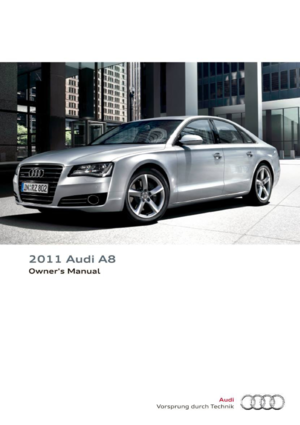 1
1 2
2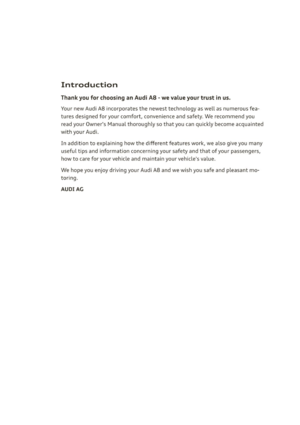 3
3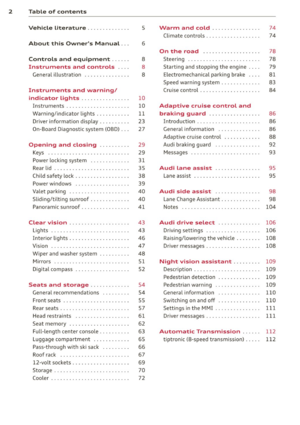 4
4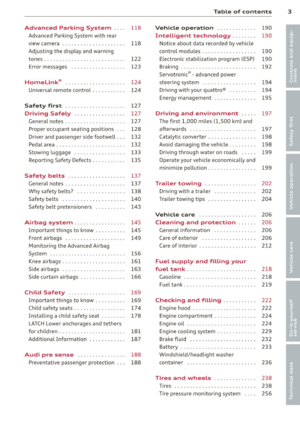 5
5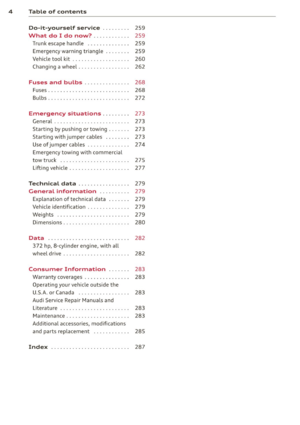 6
6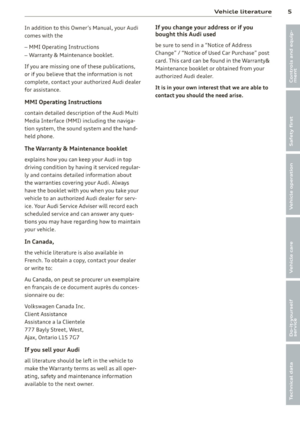 7
7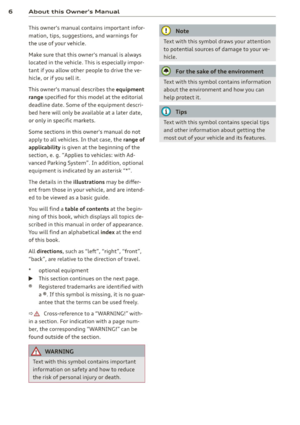 8
8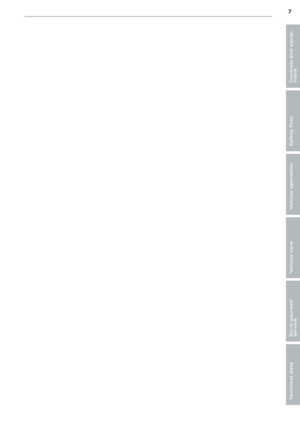 9
9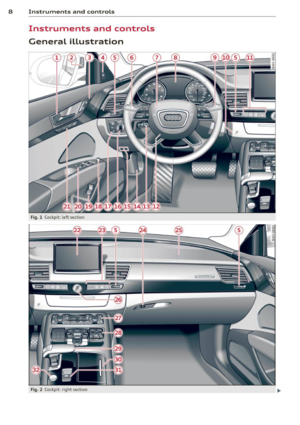 10
10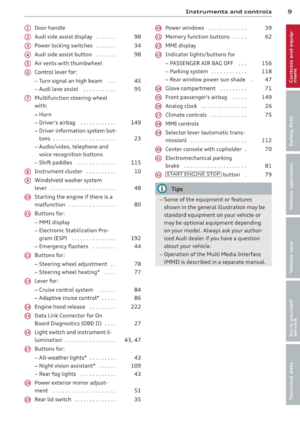 11
11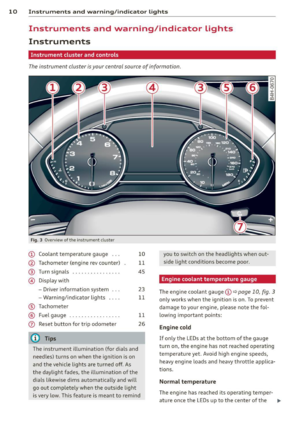 12
12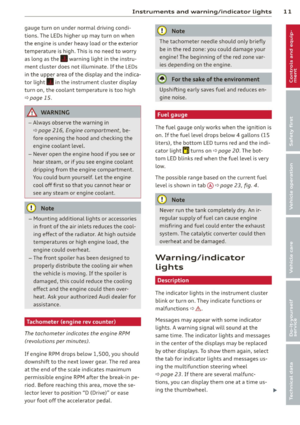 13
13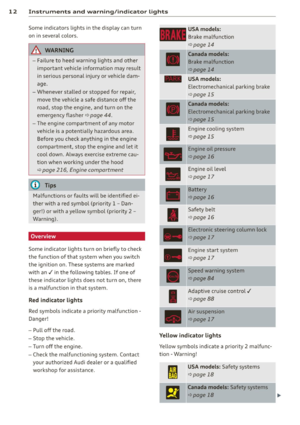 14
14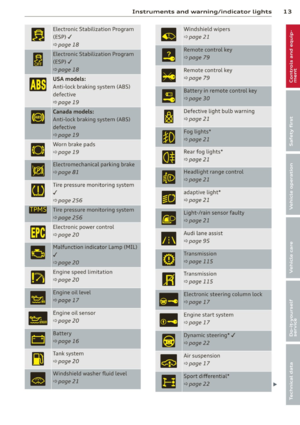 15
15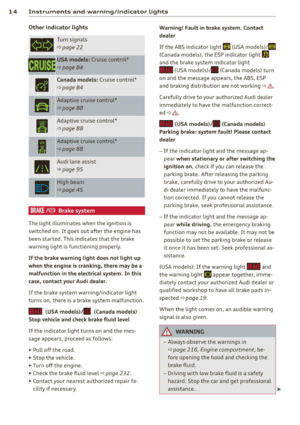 16
16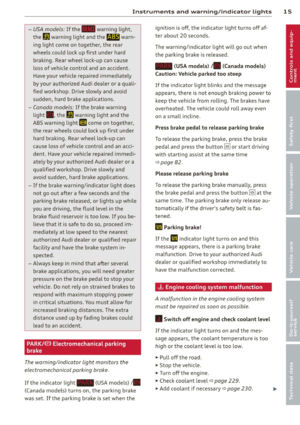 17
17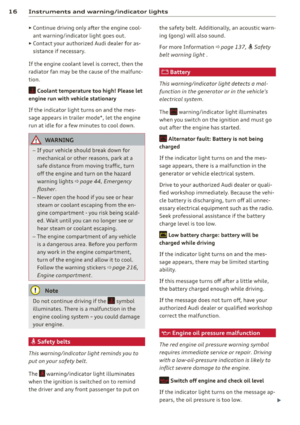 18
18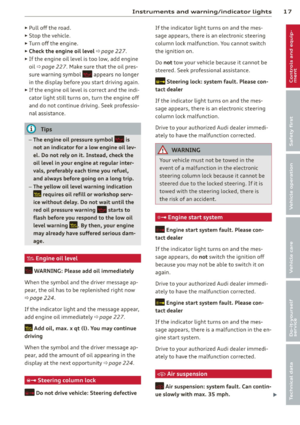 19
19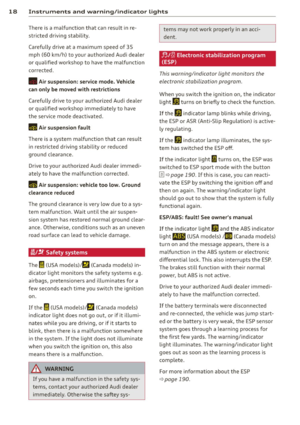 20
20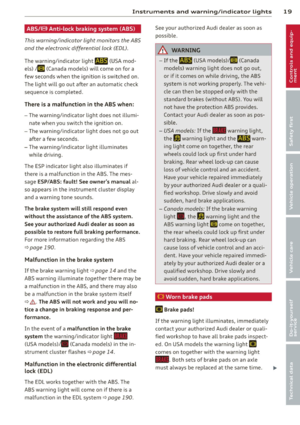 21
21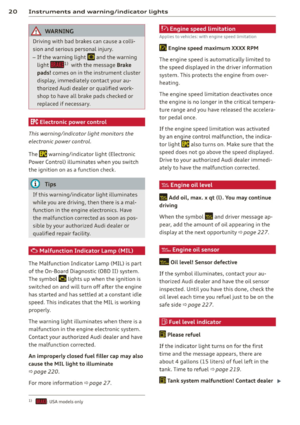 22
22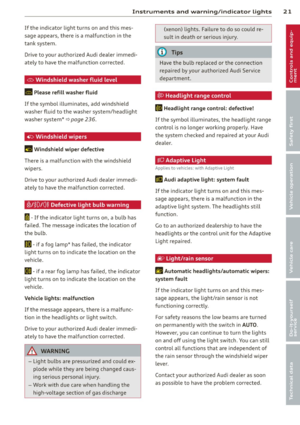 23
23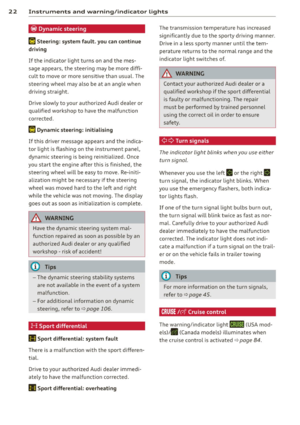 24
24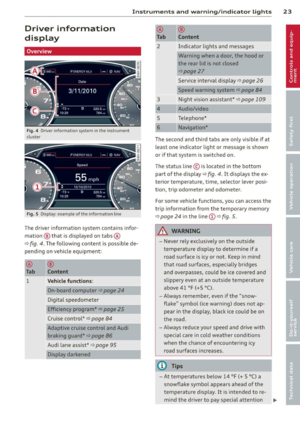 25
25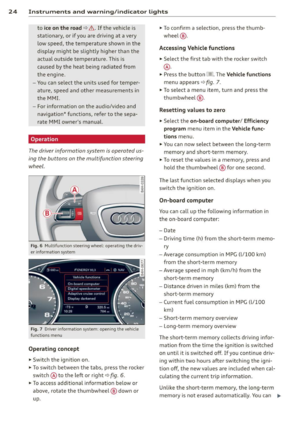 26
26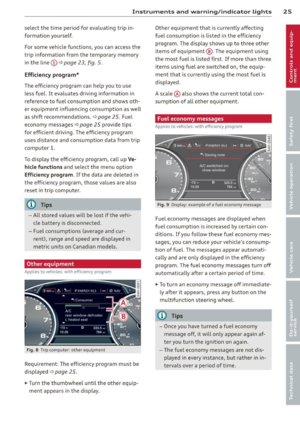 27
27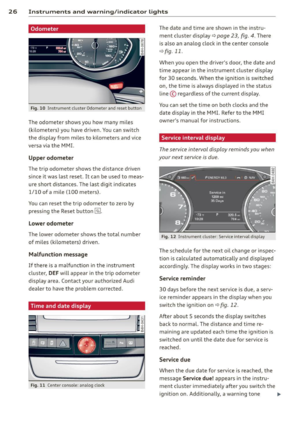 28
28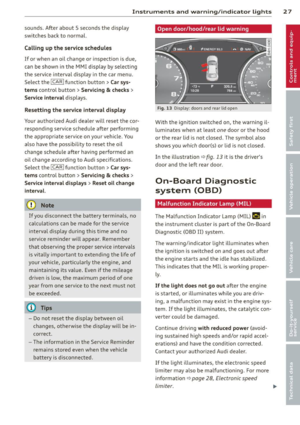 29
29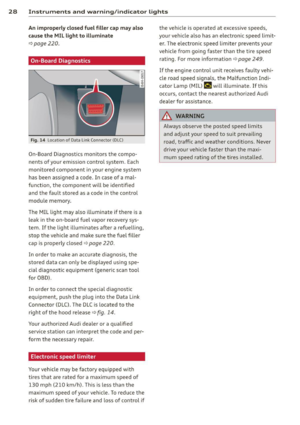 30
30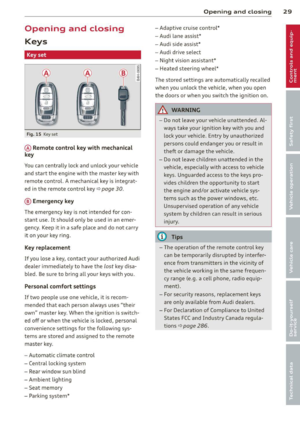 31
31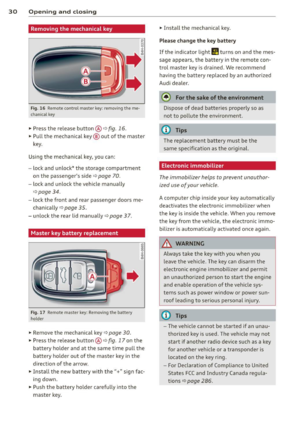 32
32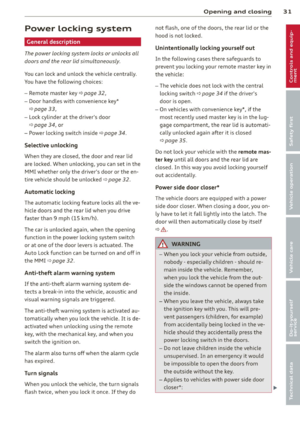 33
33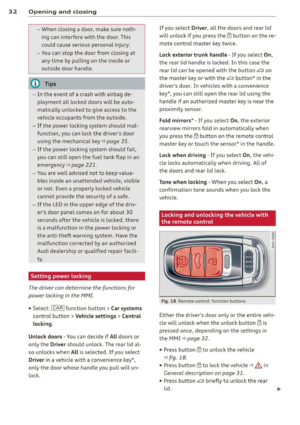 34
34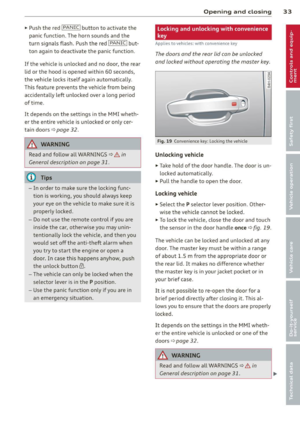 35
35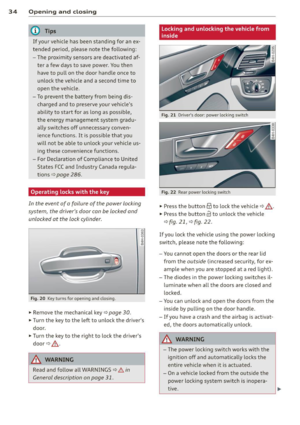 36
36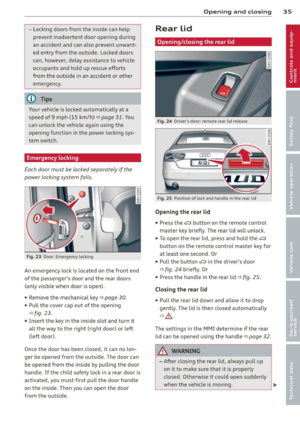 37
37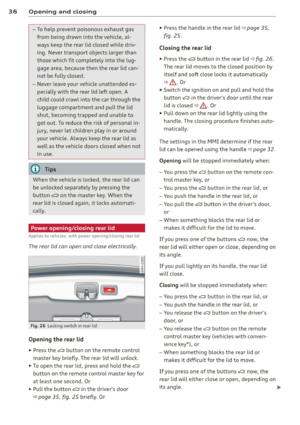 38
38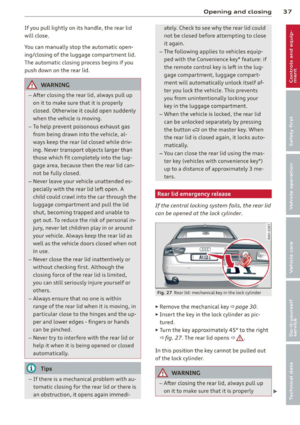 39
39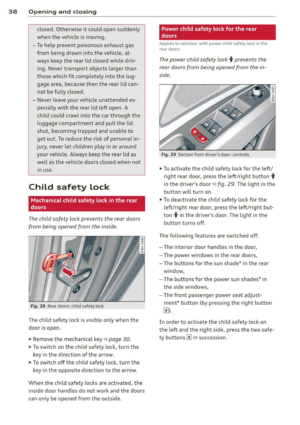 40
40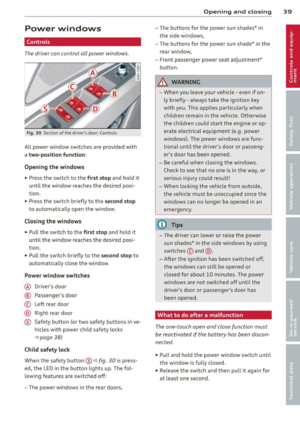 41
41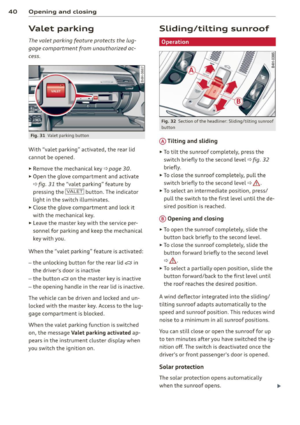 42
42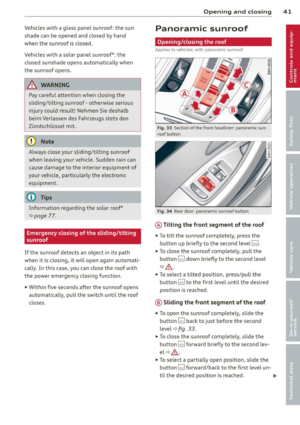 43
43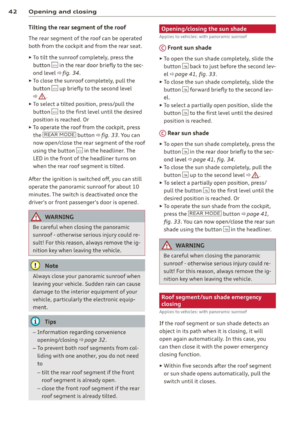 44
44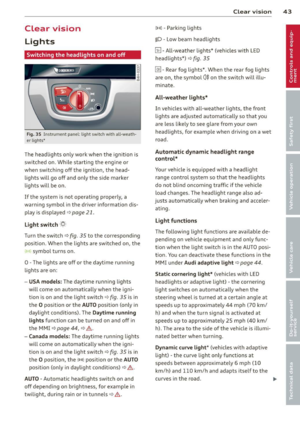 45
45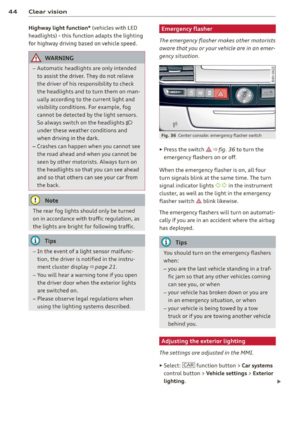 46
46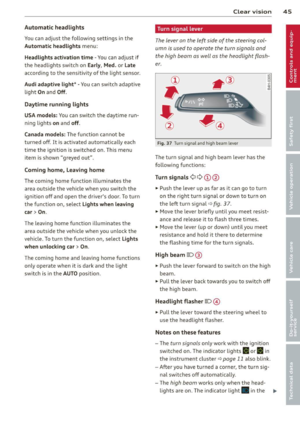 47
47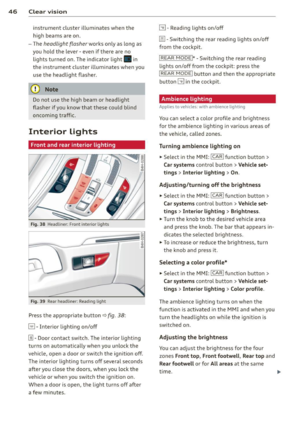 48
48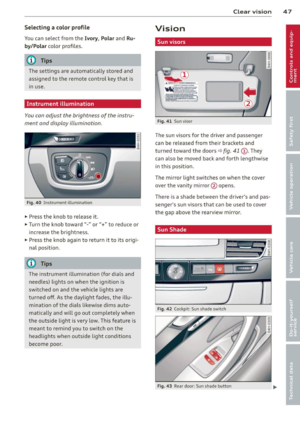 49
49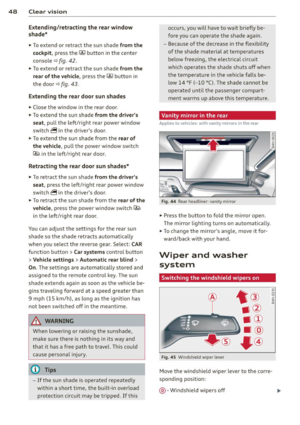 50
50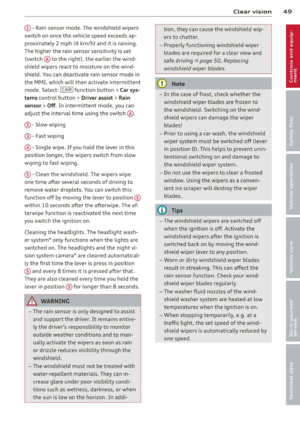 51
51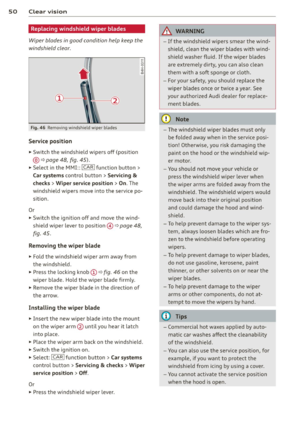 52
52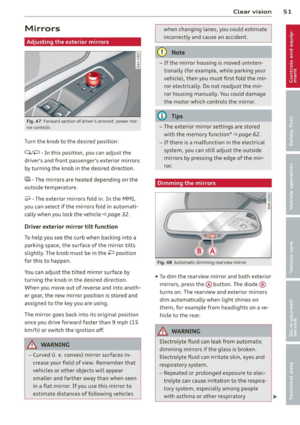 53
53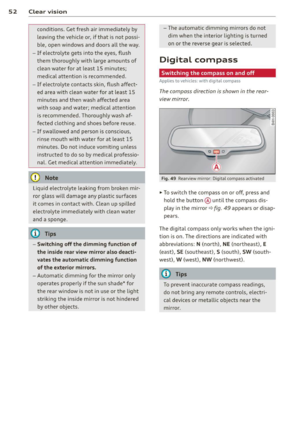 54
54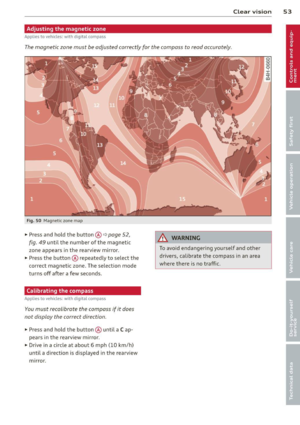 55
55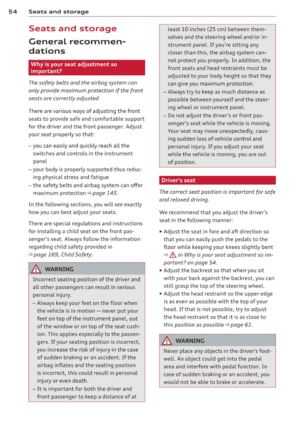 56
56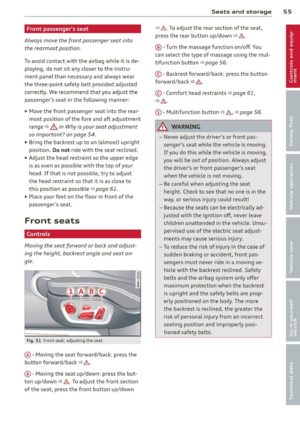 57
57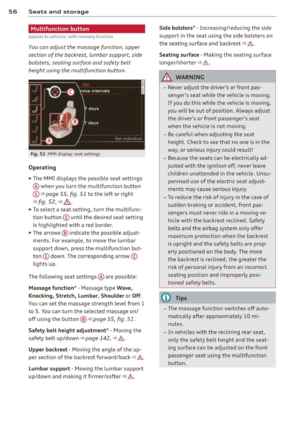 58
58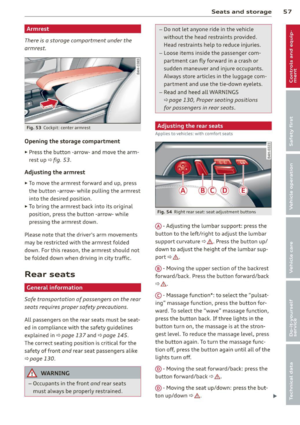 59
59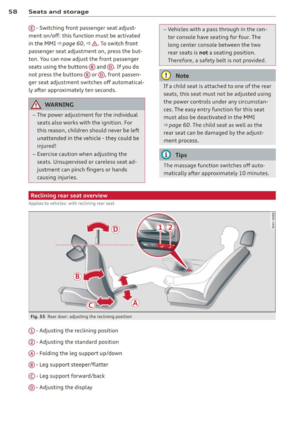 60
60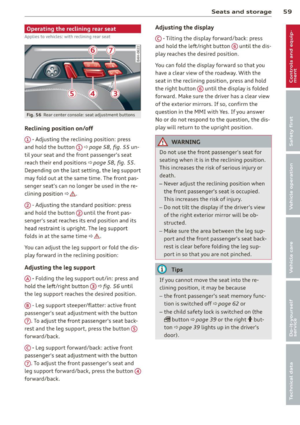 61
61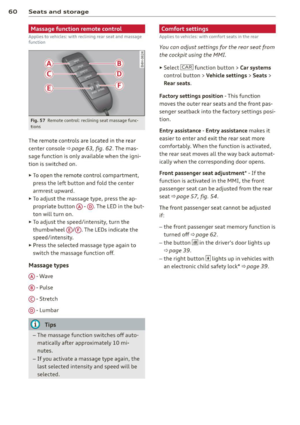 62
62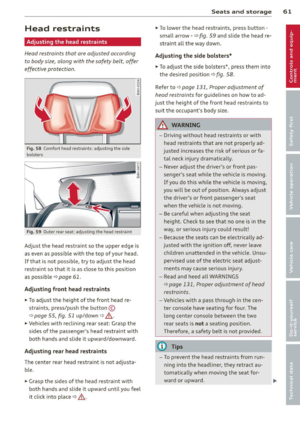 63
63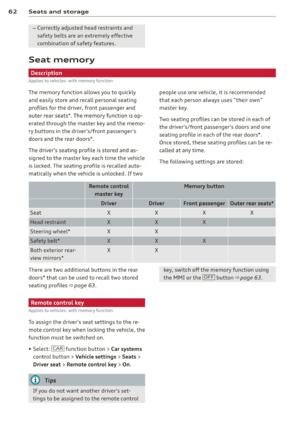 64
64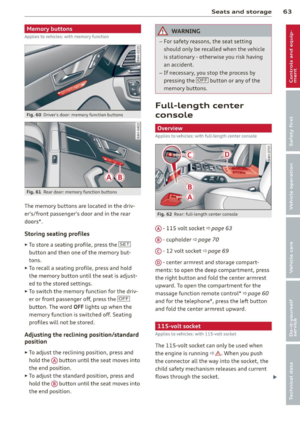 65
65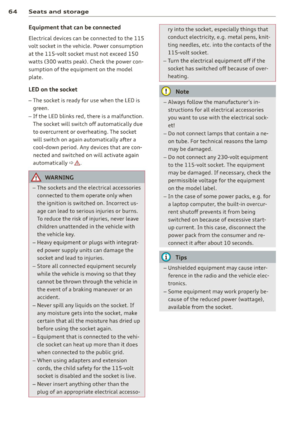 66
66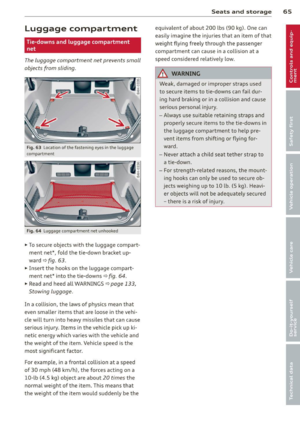 67
67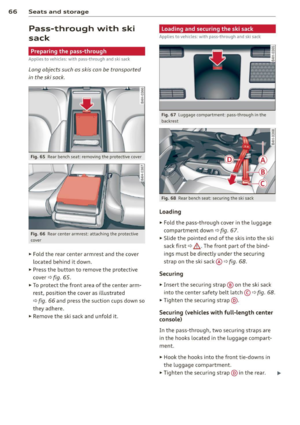 68
68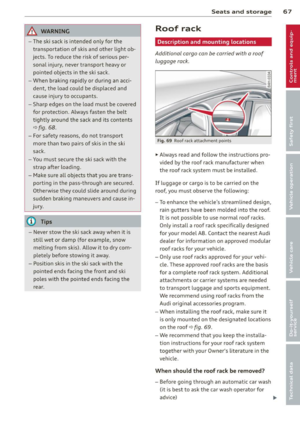 69
69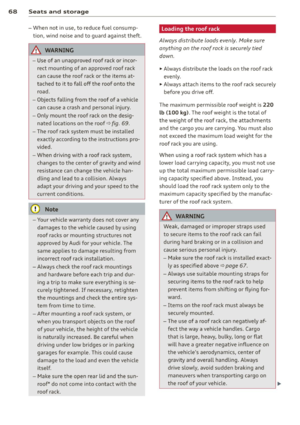 70
70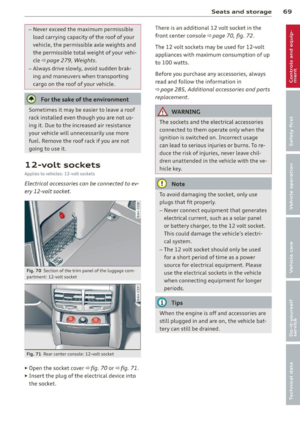 71
71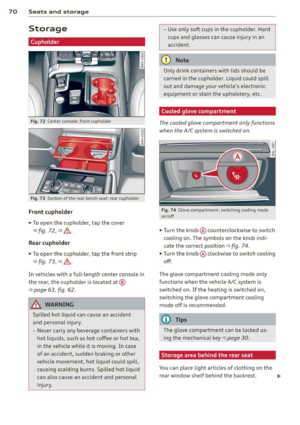 72
72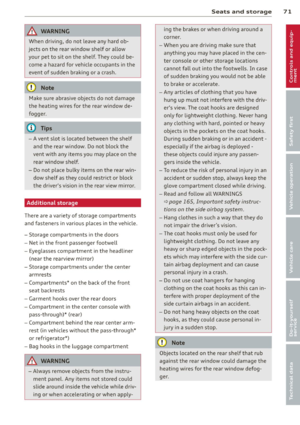 73
73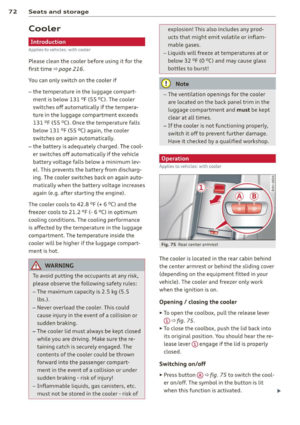 74
74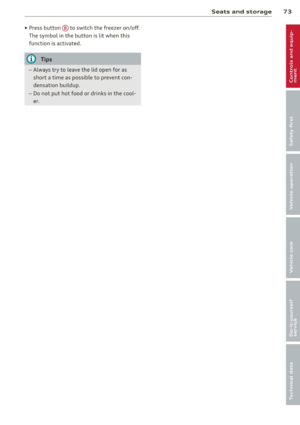 75
75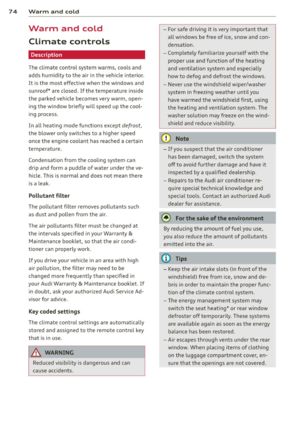 76
76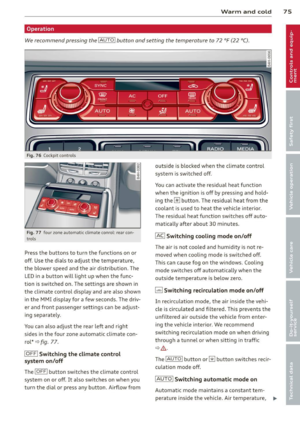 77
77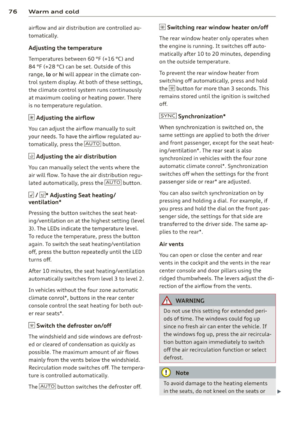 78
78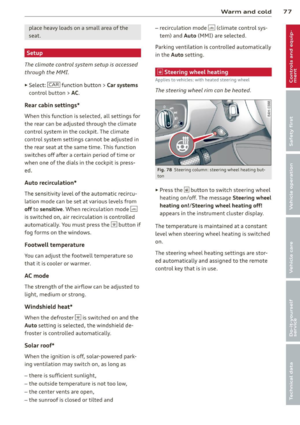 79
79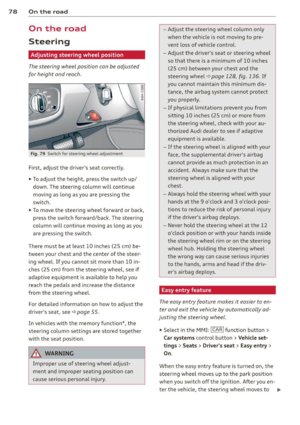 80
80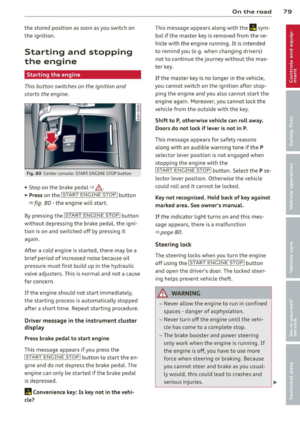 81
81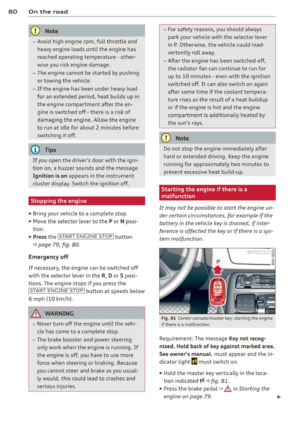 82
82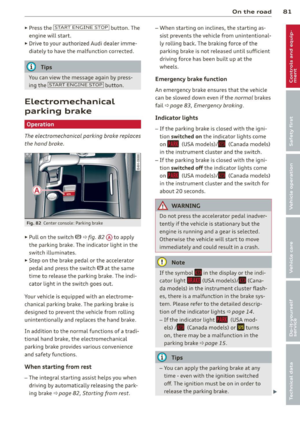 83
83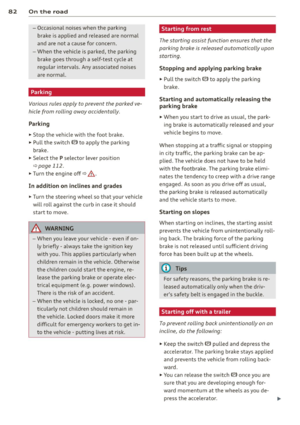 84
84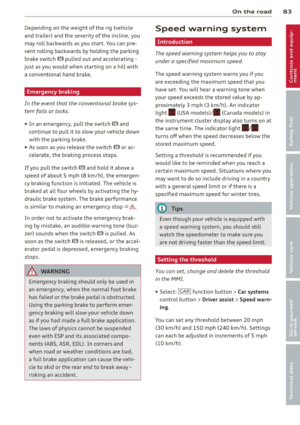 85
85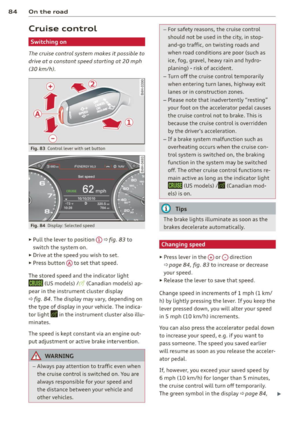 86
86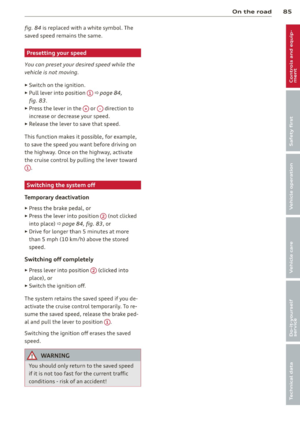 87
87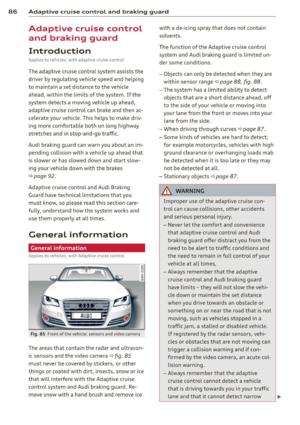 88
88 89
89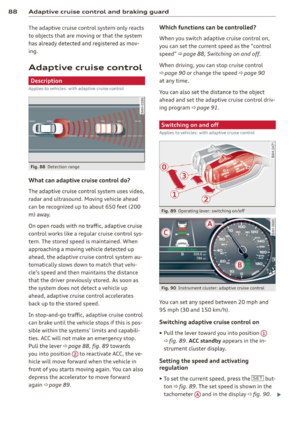 90
90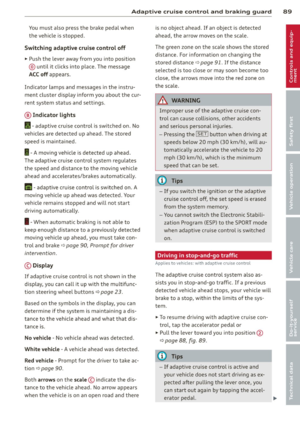 91
91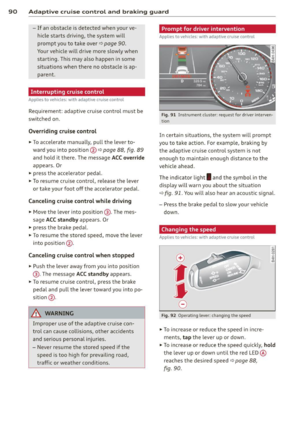 92
92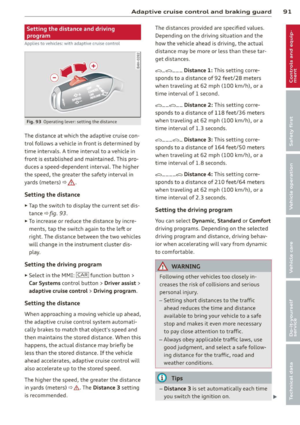 93
93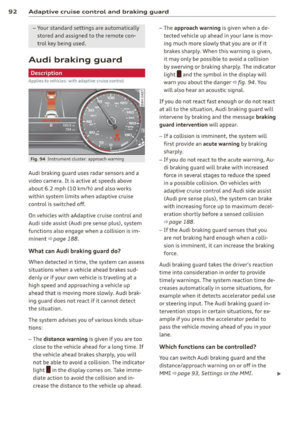 94
94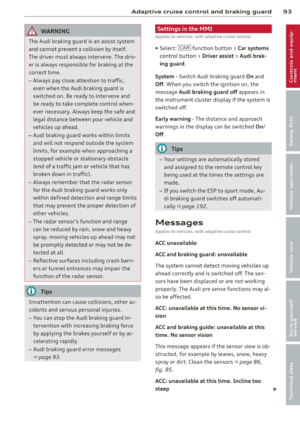 95
95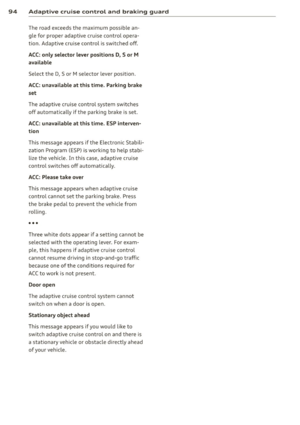 96
96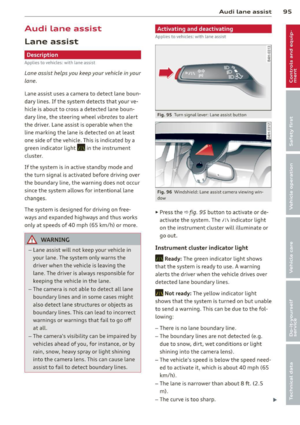 97
97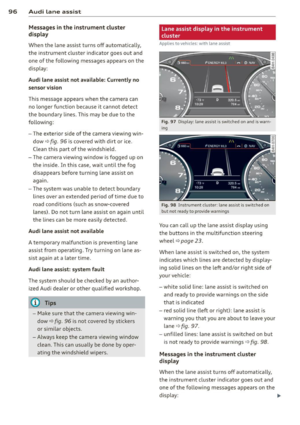 98
98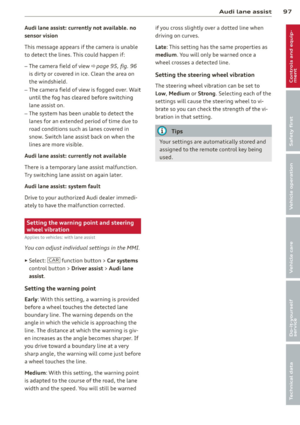 99
99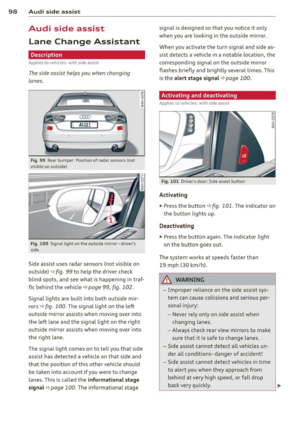 100
100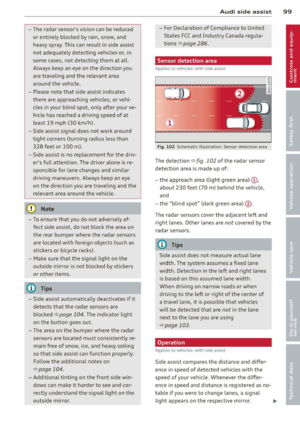 101
101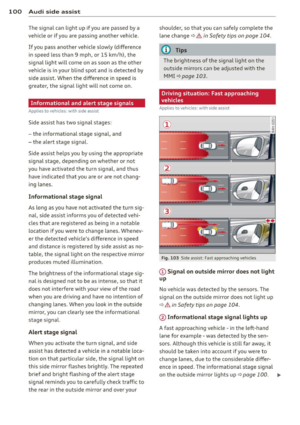 102
102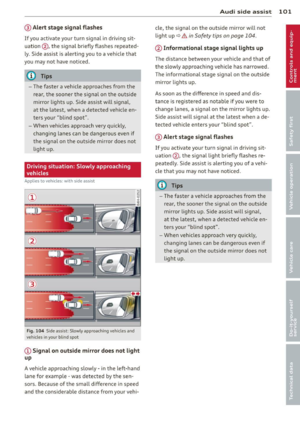 103
103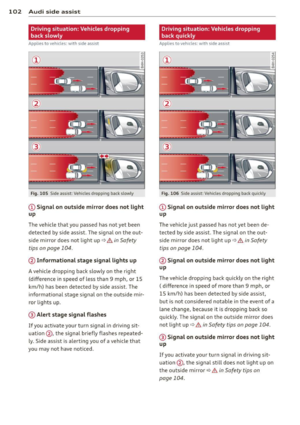 104
104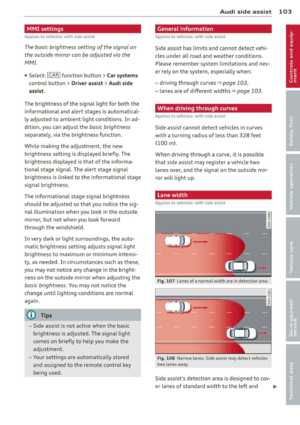 105
105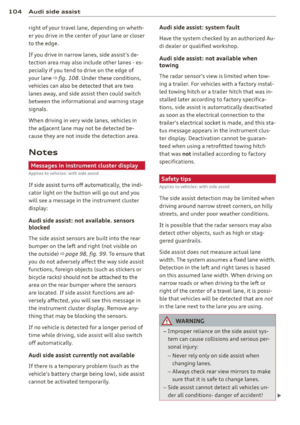 106
106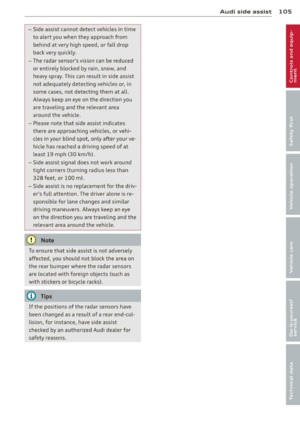 107
107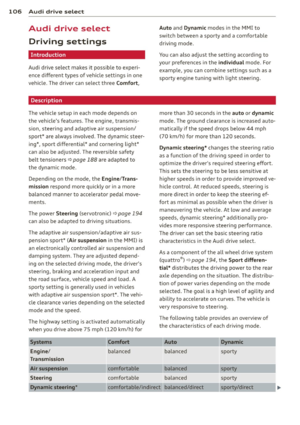 108
108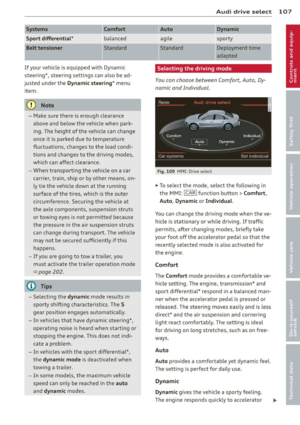 109
109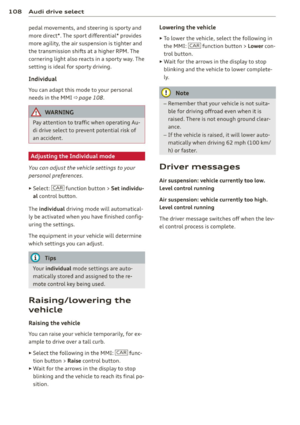 110
110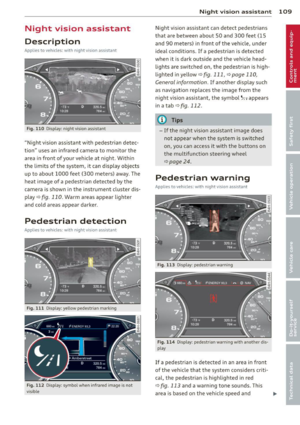 111
111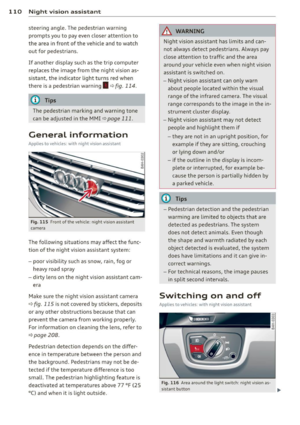 112
112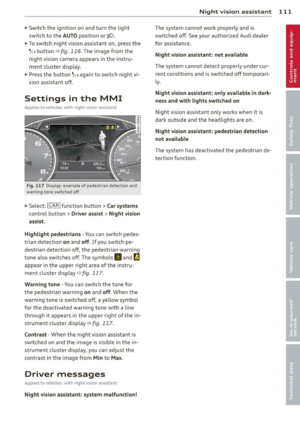 113
113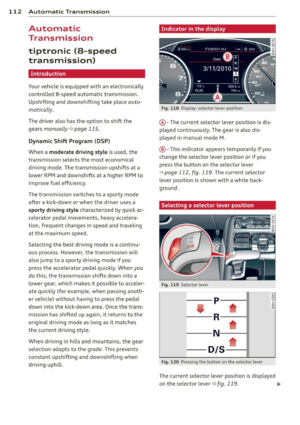 114
114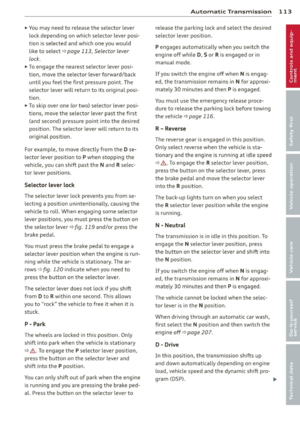 115
115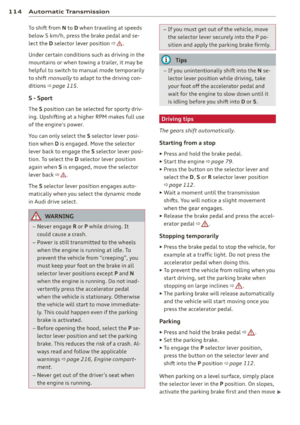 116
116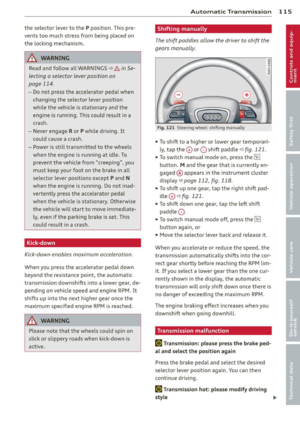 117
117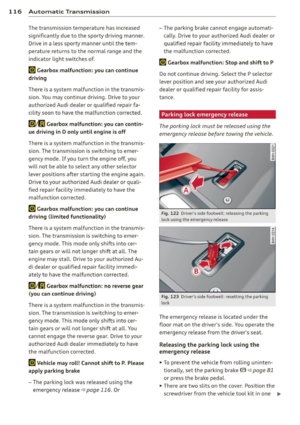 118
118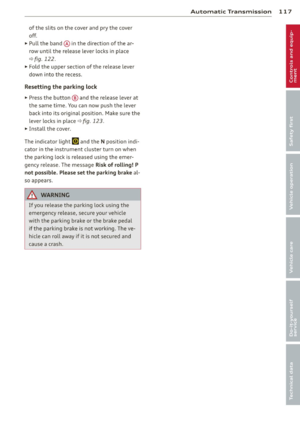 119
119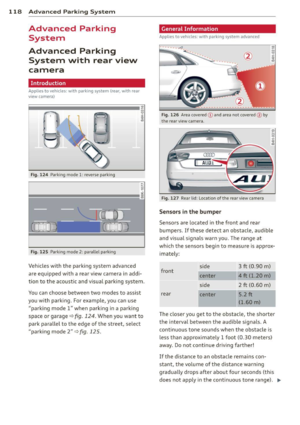 120
120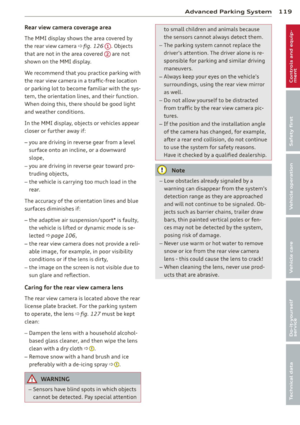 121
121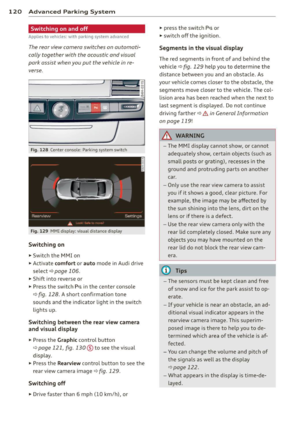 122
122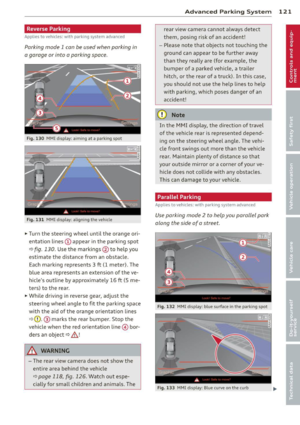 123
123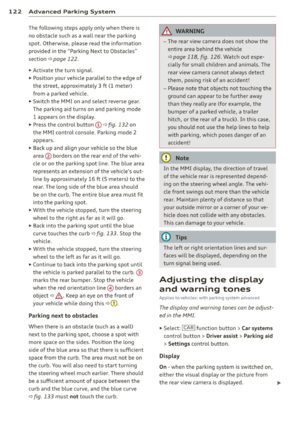 124
124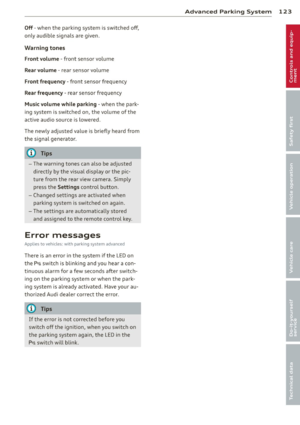 125
125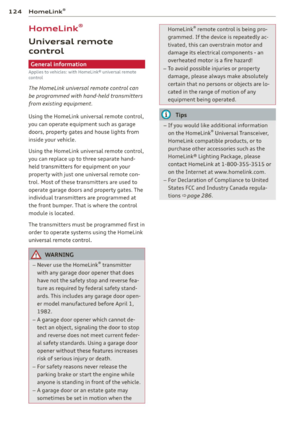 126
126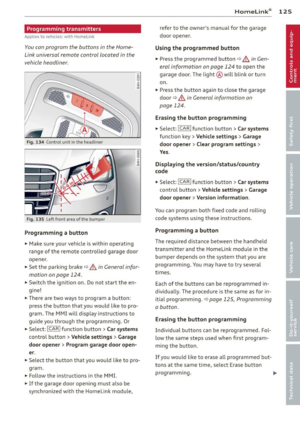 127
127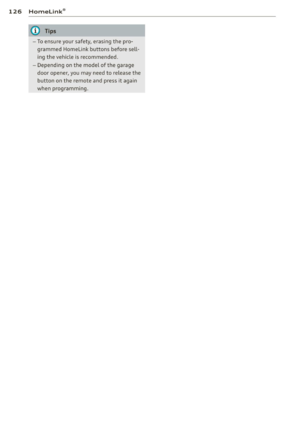 128
128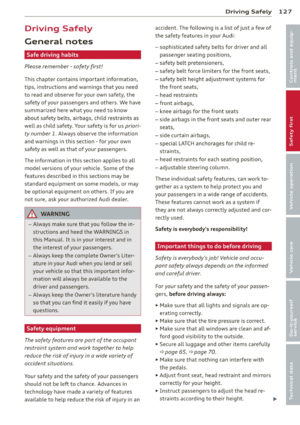 129
129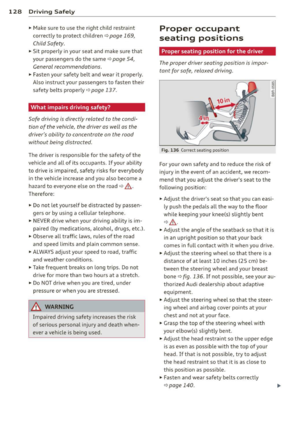 130
130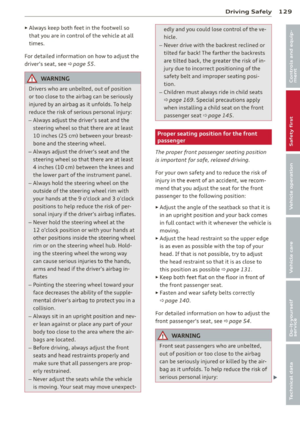 131
131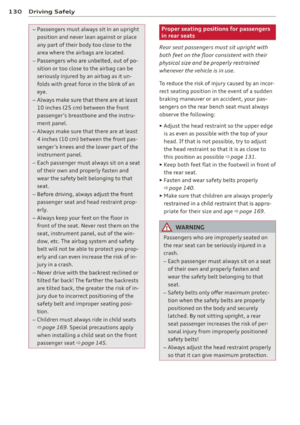 132
132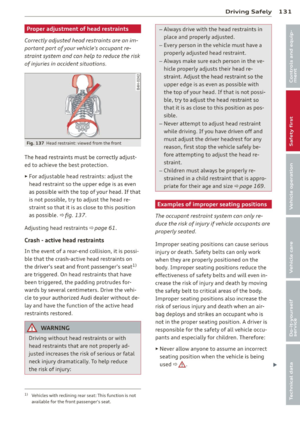 133
133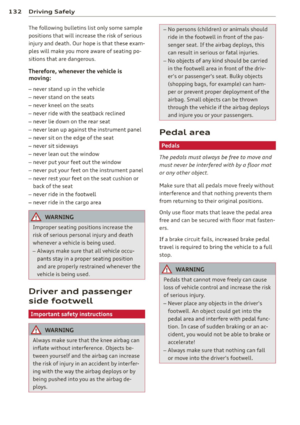 134
134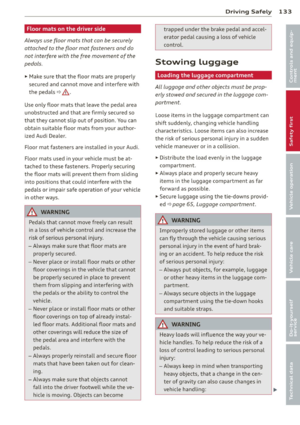 135
135 136
136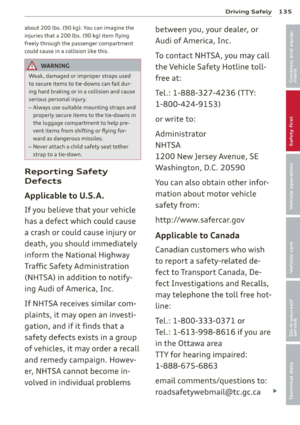 137
137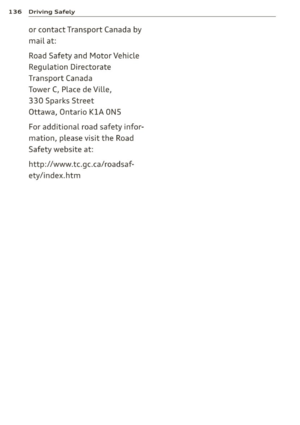 138
138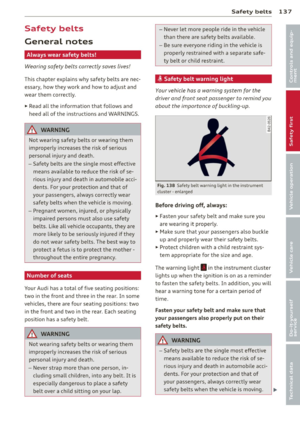 139
139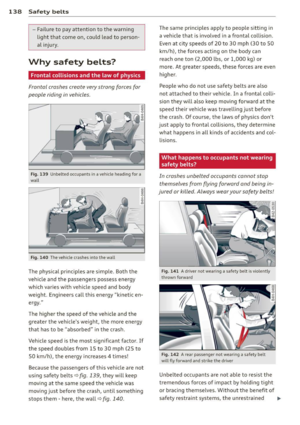 140
140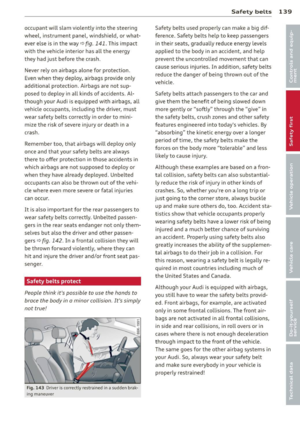 141
141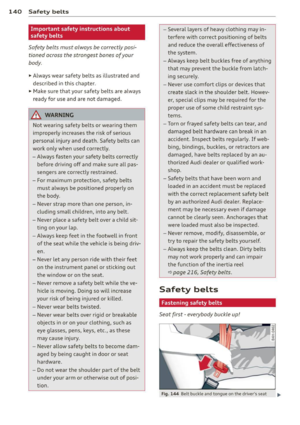 142
142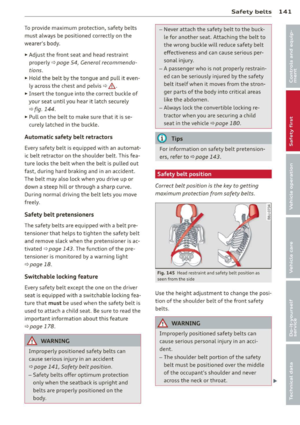 143
143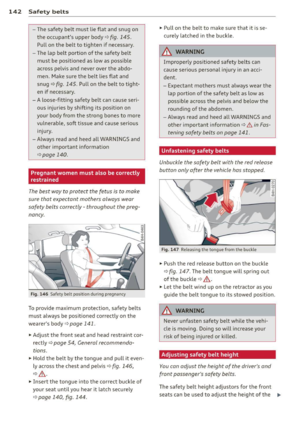 144
144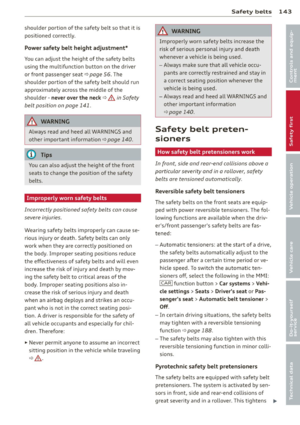 145
145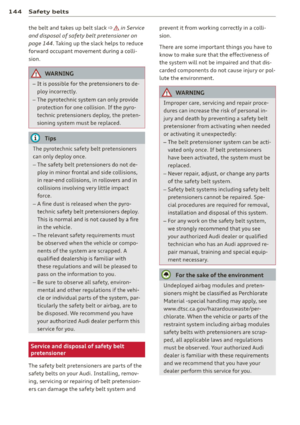 146
146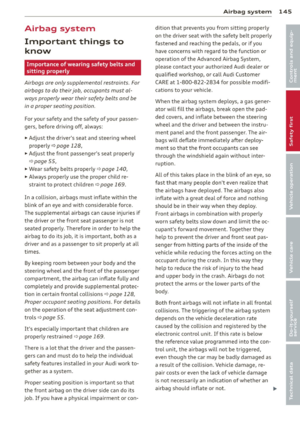 147
147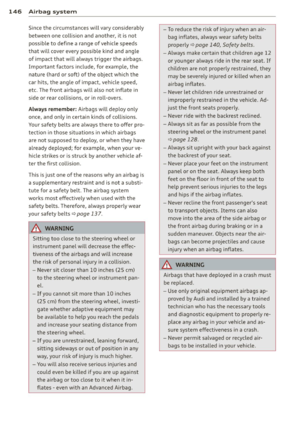 148
148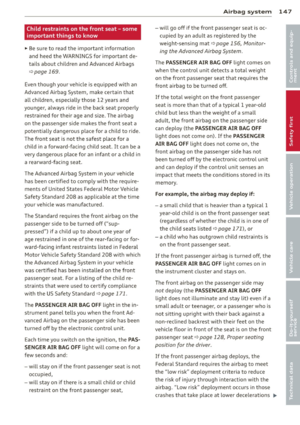 149
149 150
150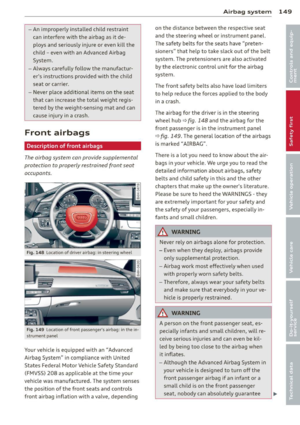 151
151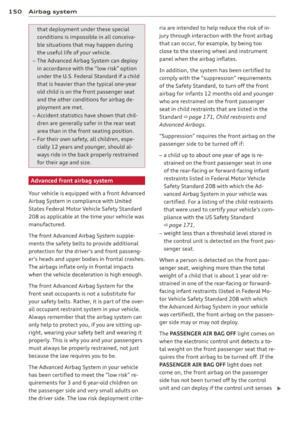 152
152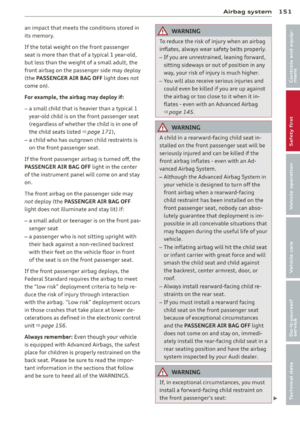 153
153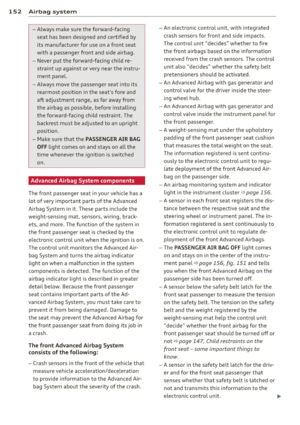 154
154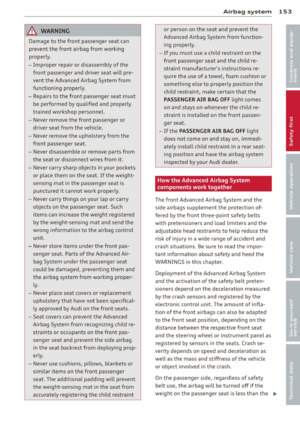 155
155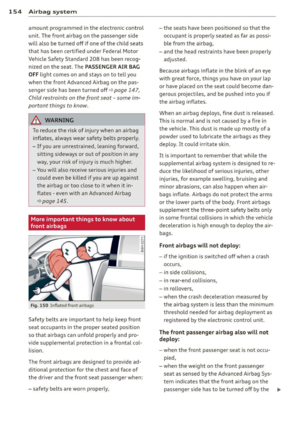 156
156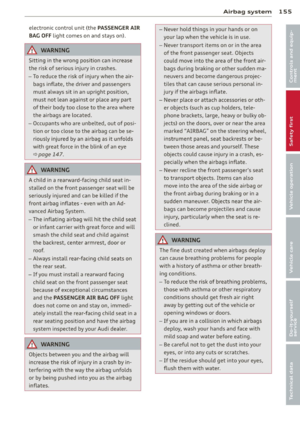 157
157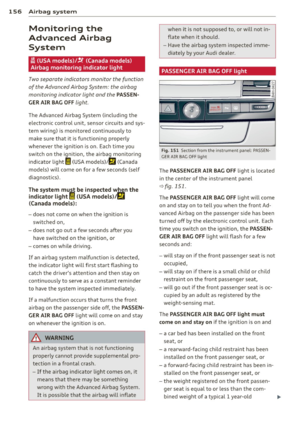 158
158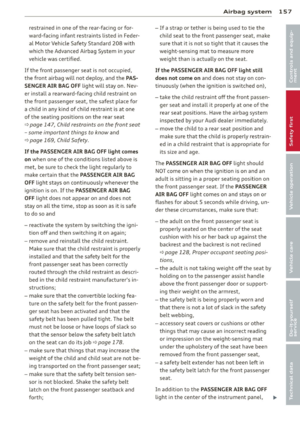 159
159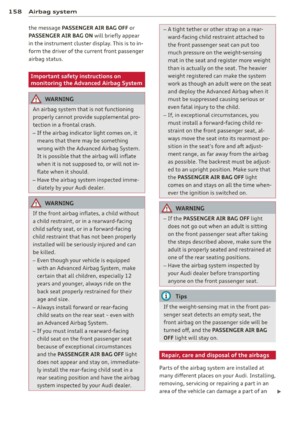 160
160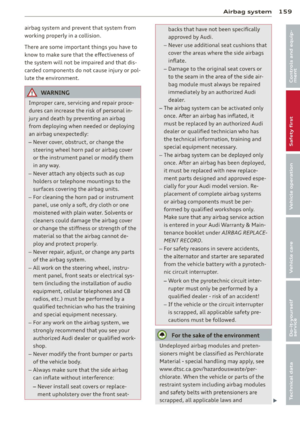 161
161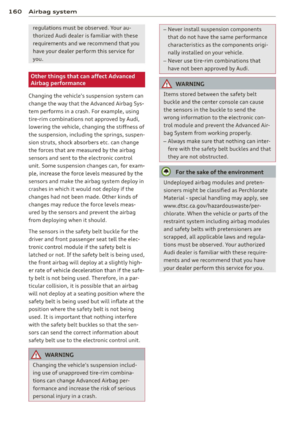 162
162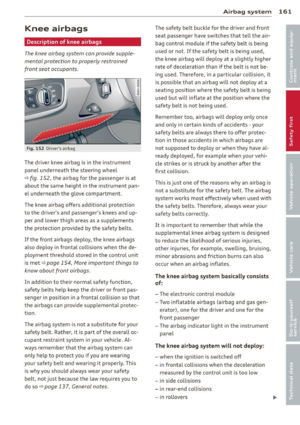 163
163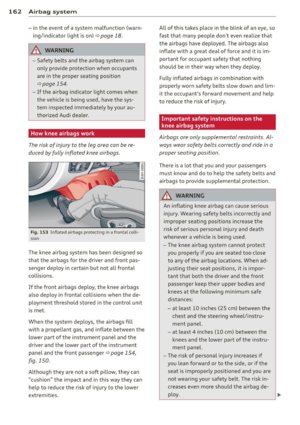 164
164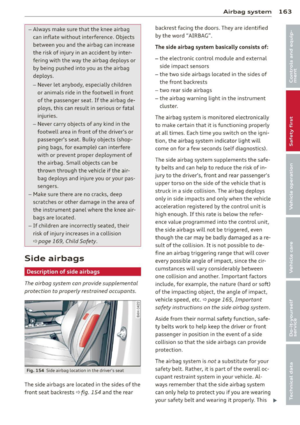 165
165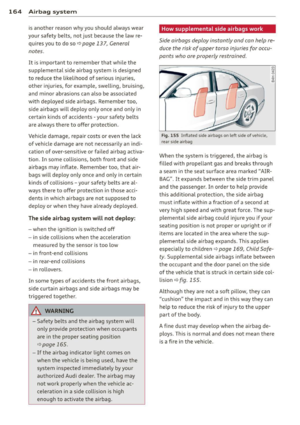 166
166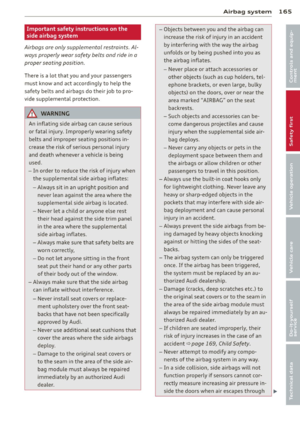 167
167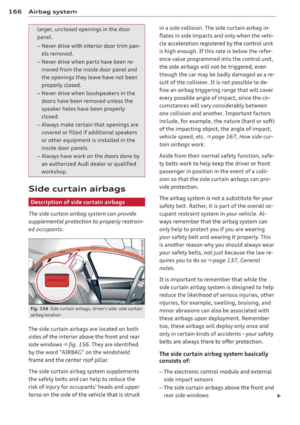 168
168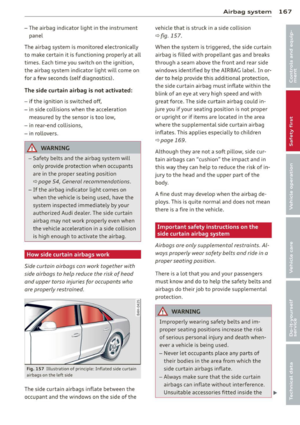 169
169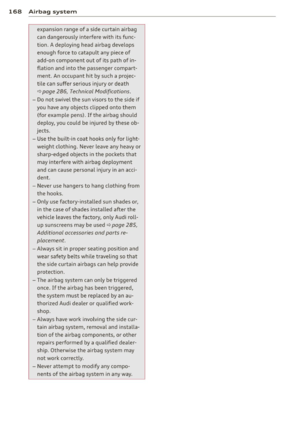 170
170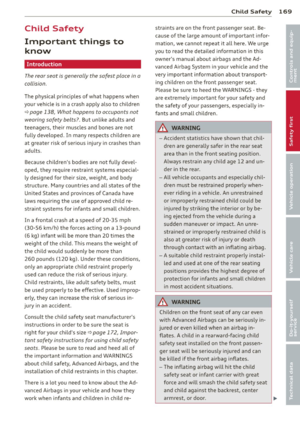 171
171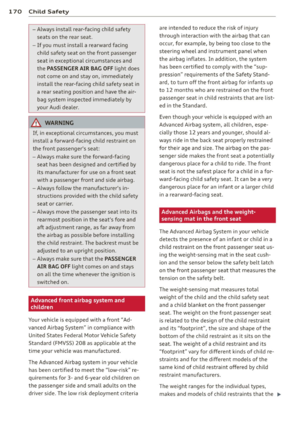 172
172 173
173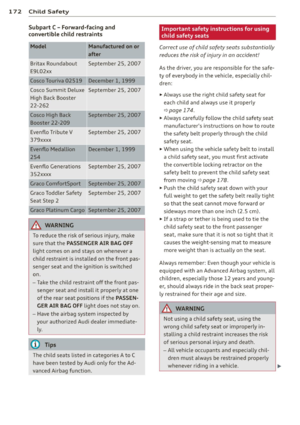 174
174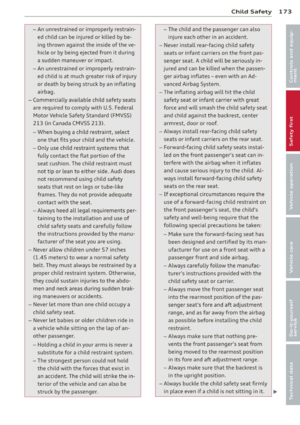 175
175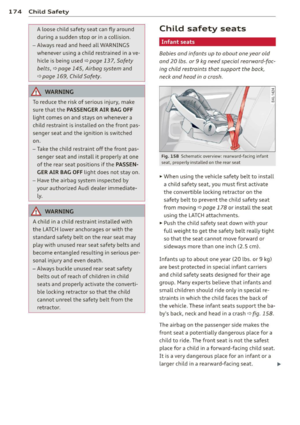 176
176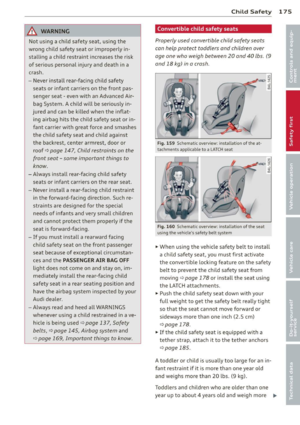 177
177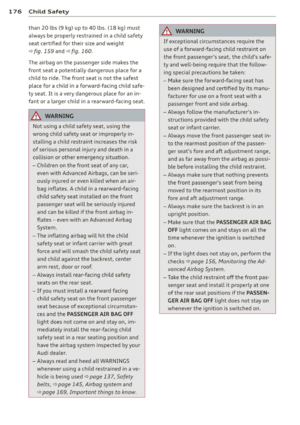 178
178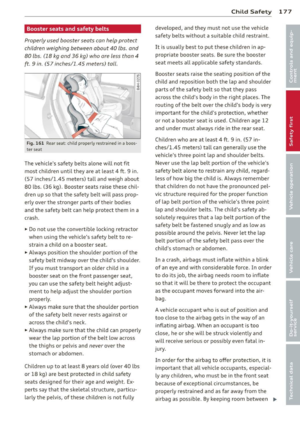 179
179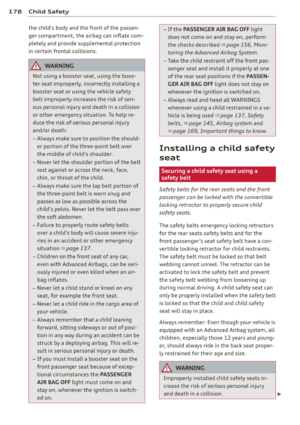 180
180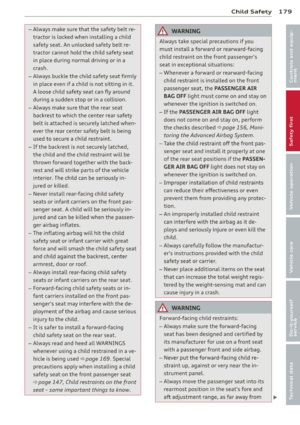 181
181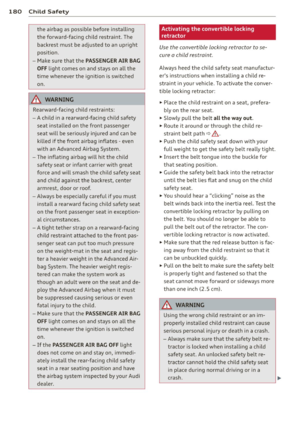 182
182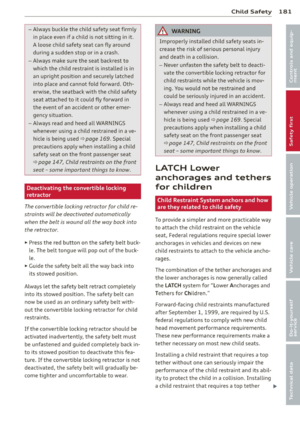 183
183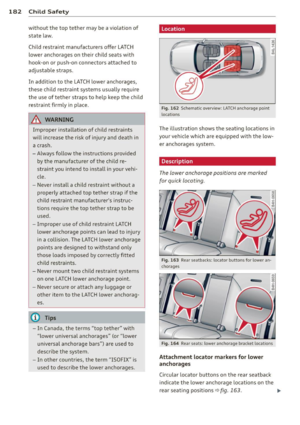 184
184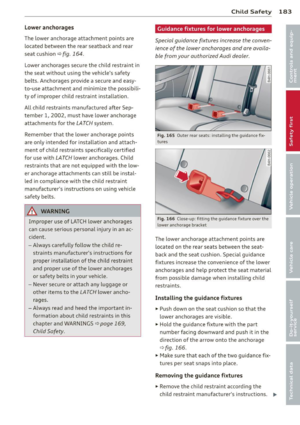 185
185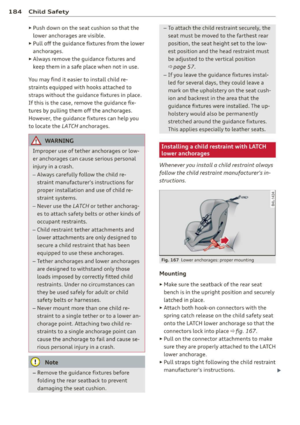 186
186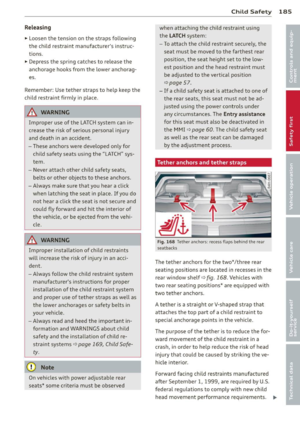 187
187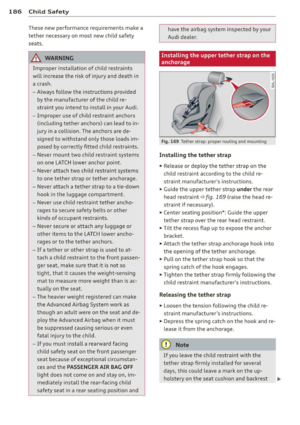 188
188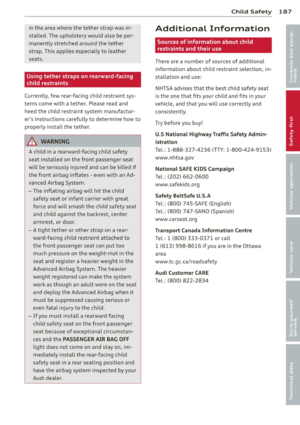 189
189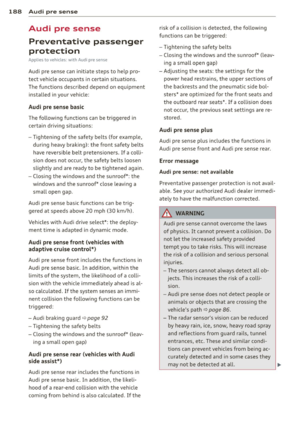 190
190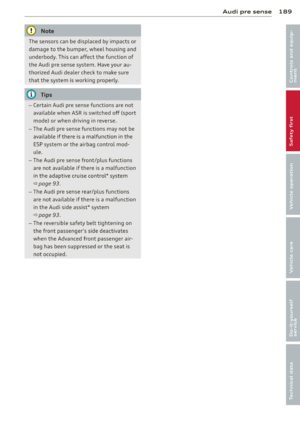 191
191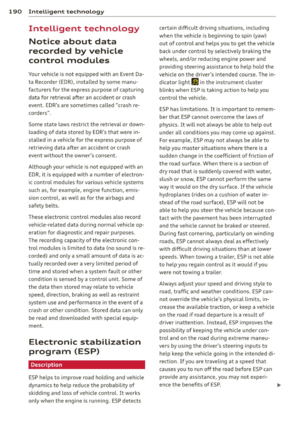 192
192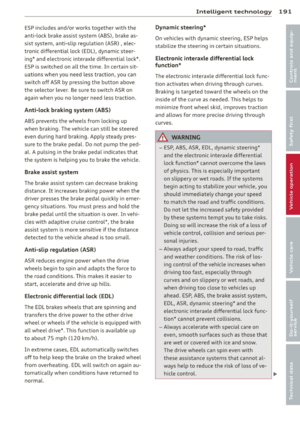 193
193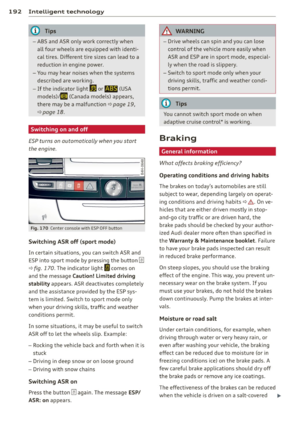 194
194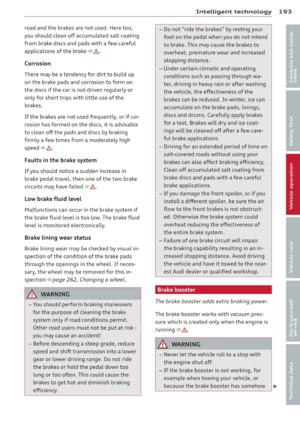 195
195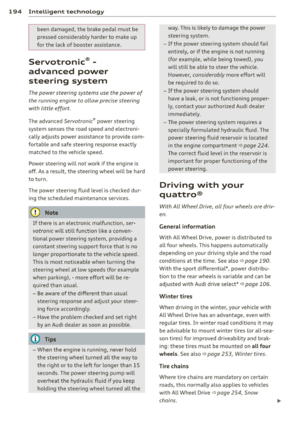 196
196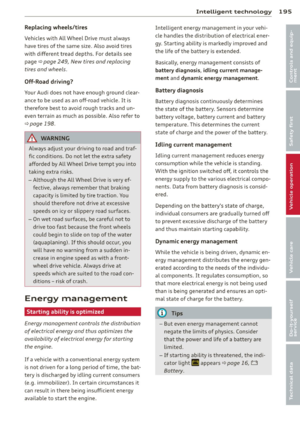 197
197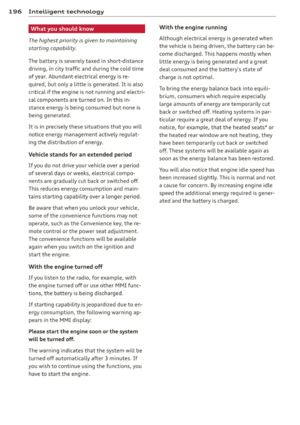 198
198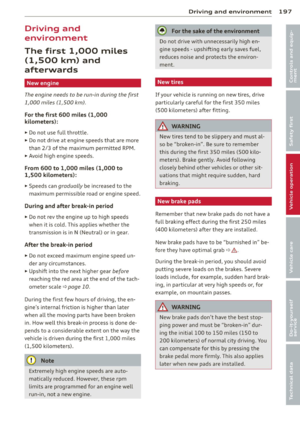 199
199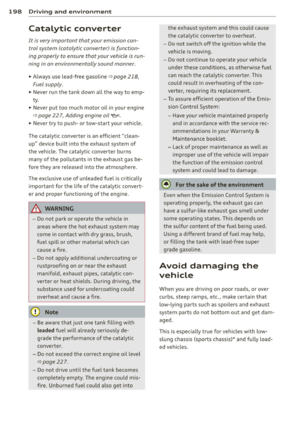 200
200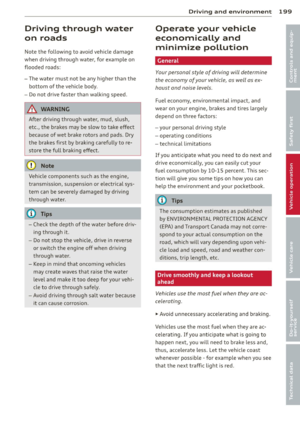 201
201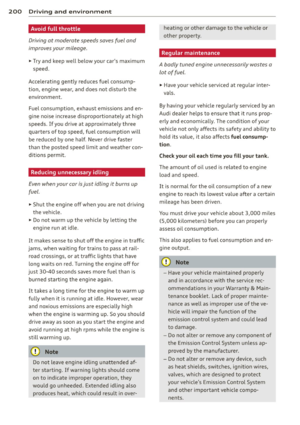 202
202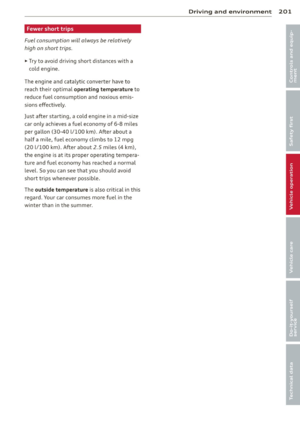 203
203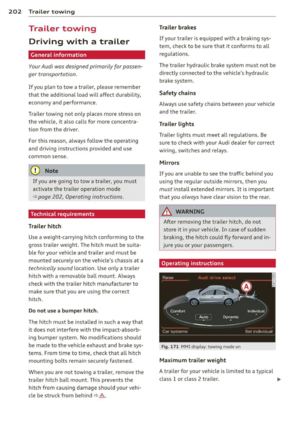 204
204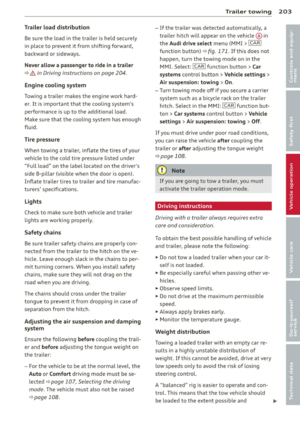 205
205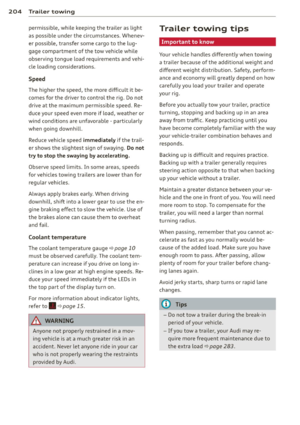 206
206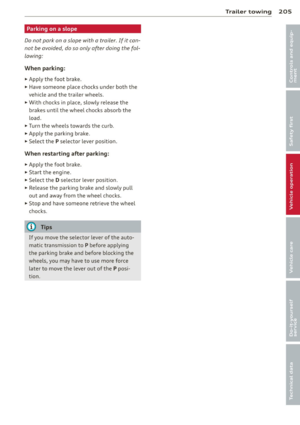 207
207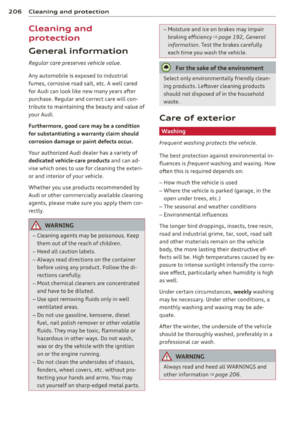 208
208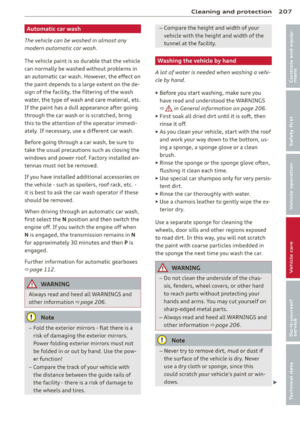 209
209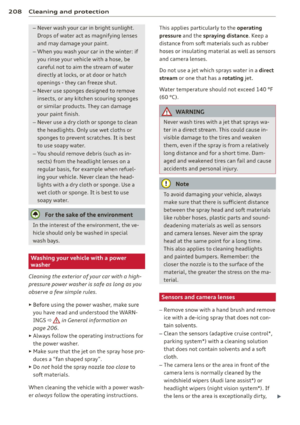 210
210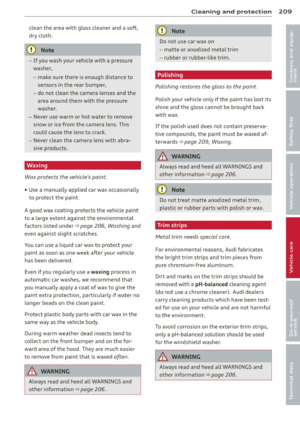 211
211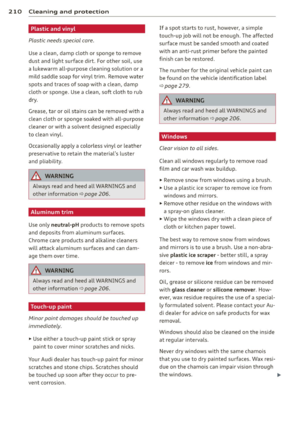 212
212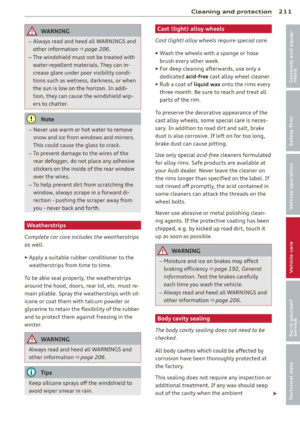 213
213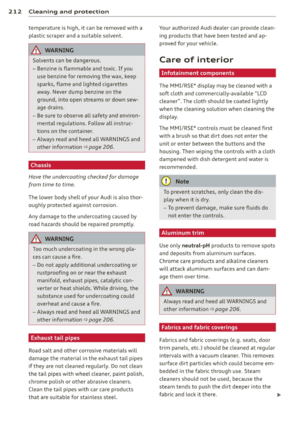 214
214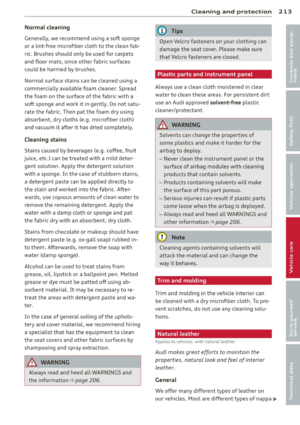 215
215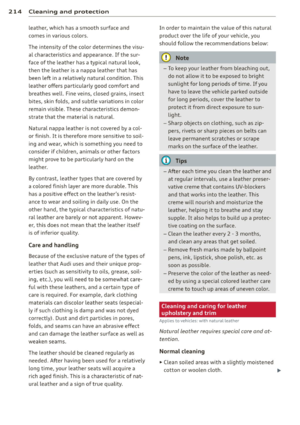 216
216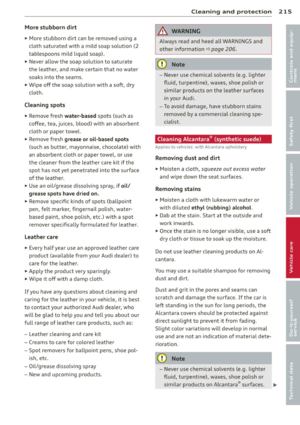 217
217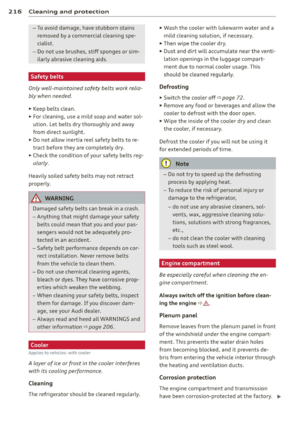 218
218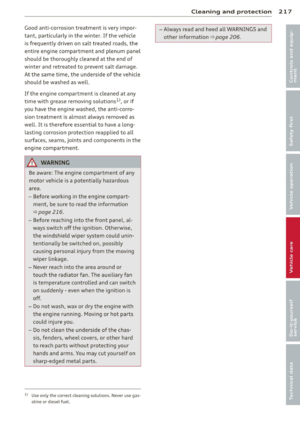 219
219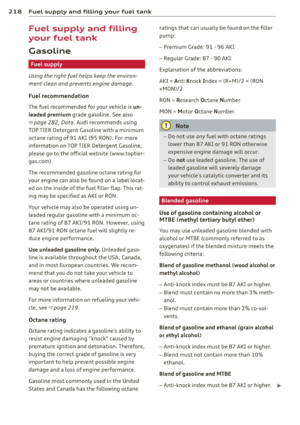 220
220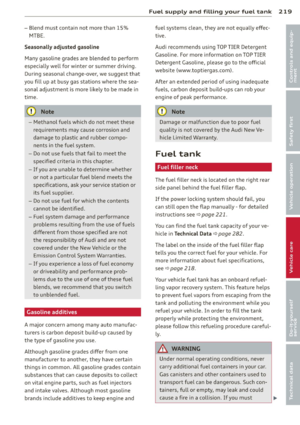 221
221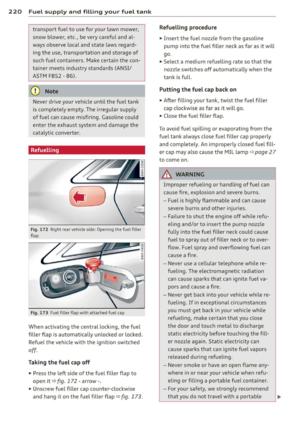 222
222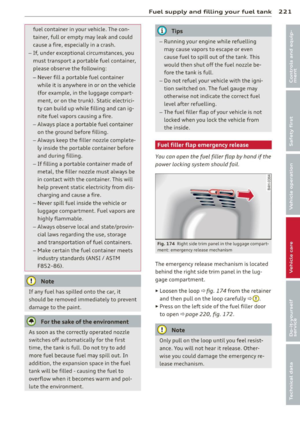 223
223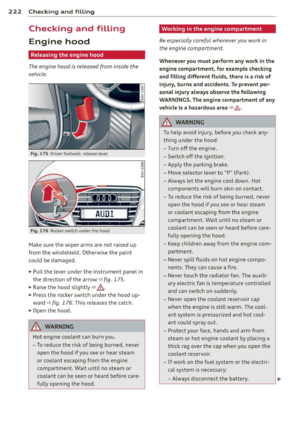 224
224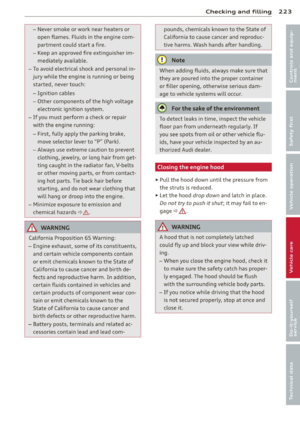 225
225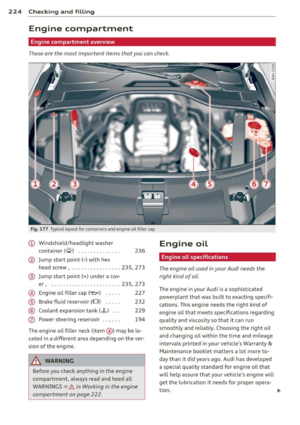 226
226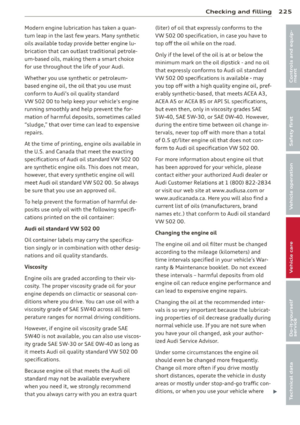 227
227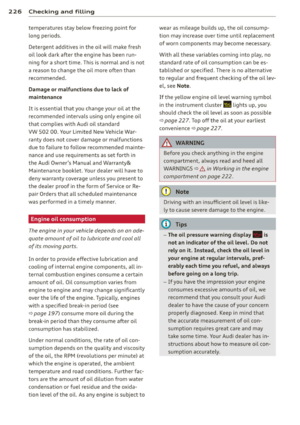 228
228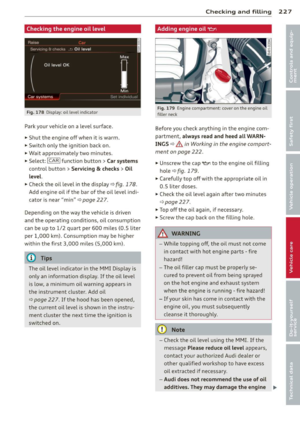 229
229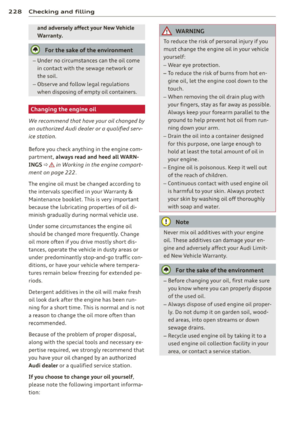 230
230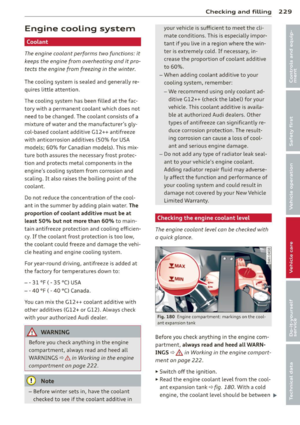 231
231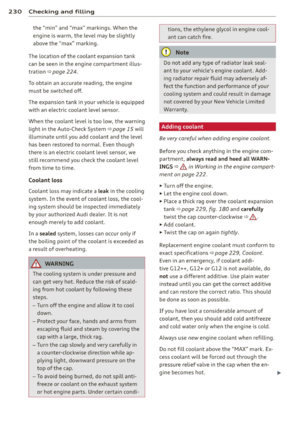 232
232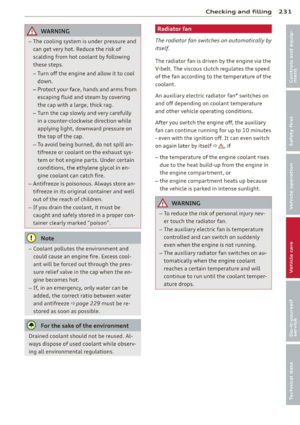 233
233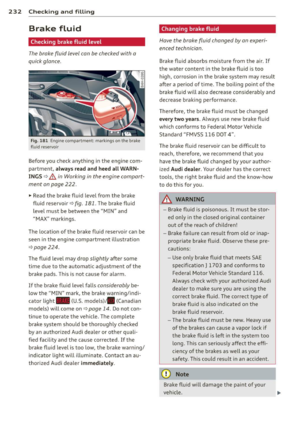 234
234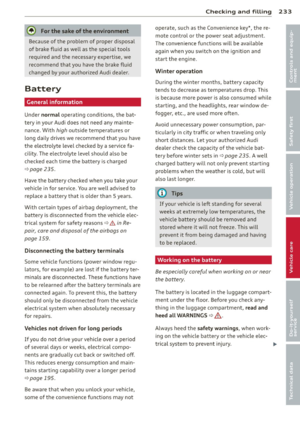 235
235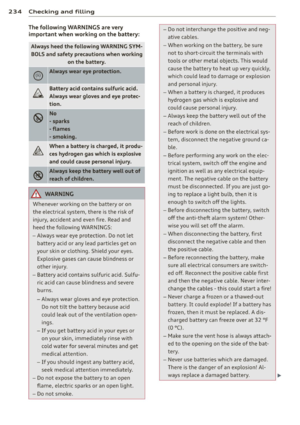 236
236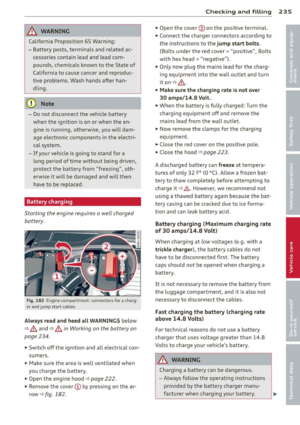 237
237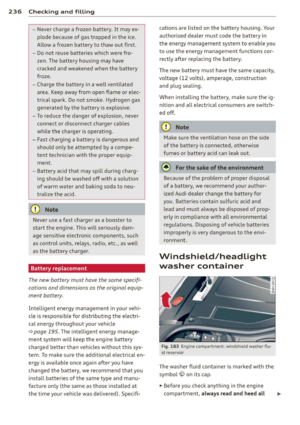 238
238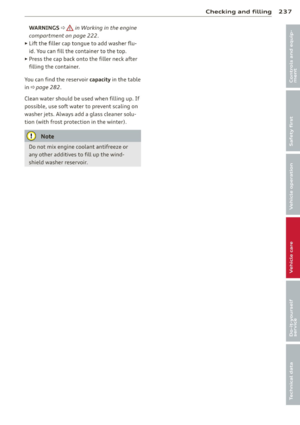 239
239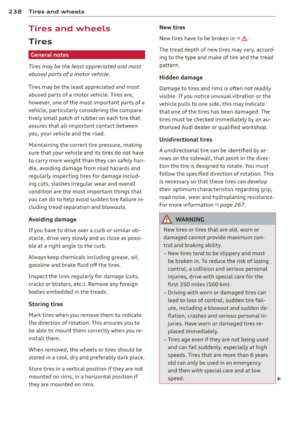 240
240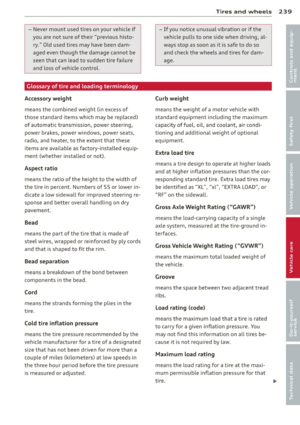 241
241 242
242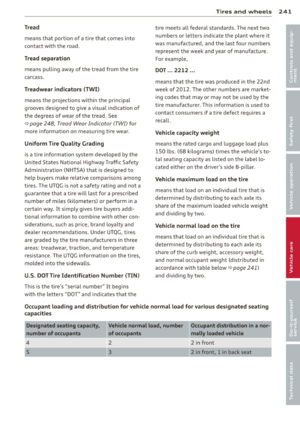 243
243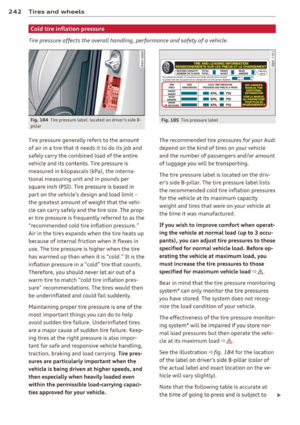 244
244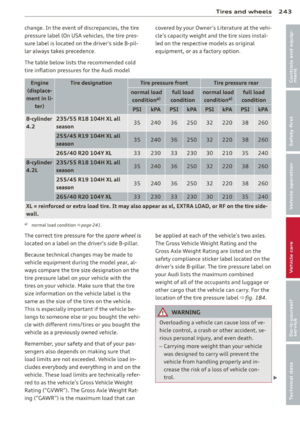 245
245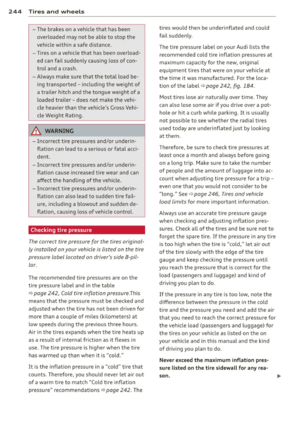 246
246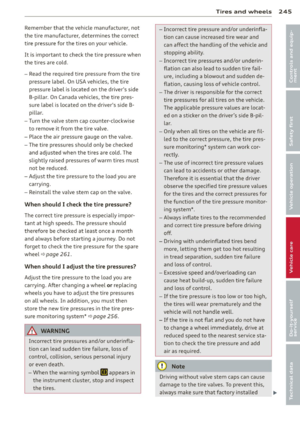 247
247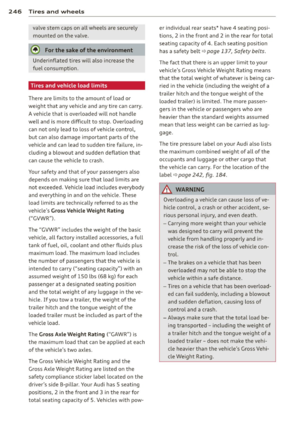 248
248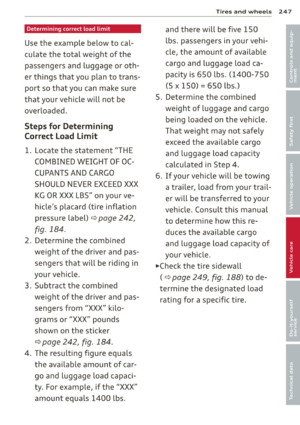 249
249 250
250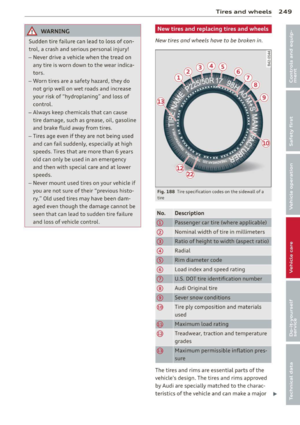 251
251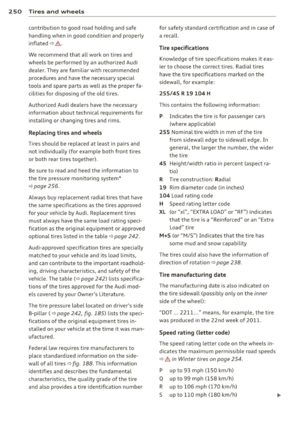 252
252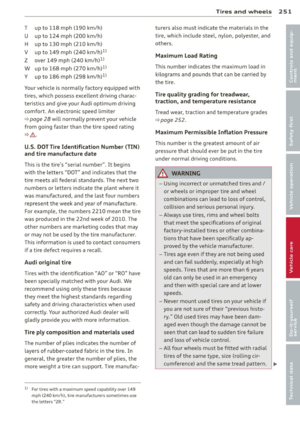 253
253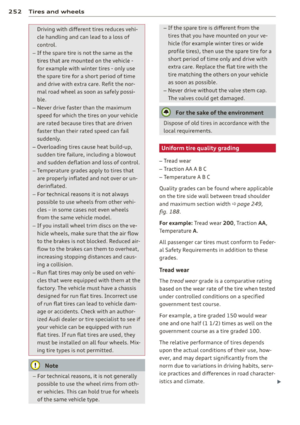 254
254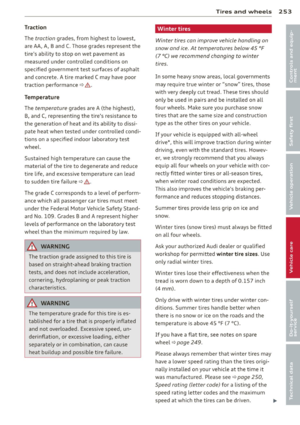 255
255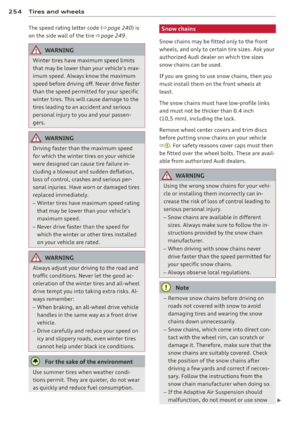 256
256 257
257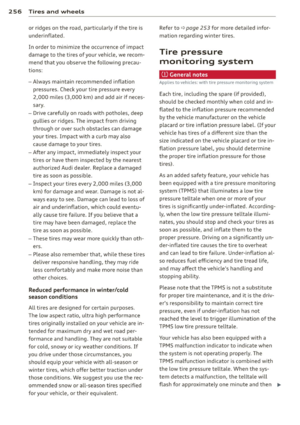 258
258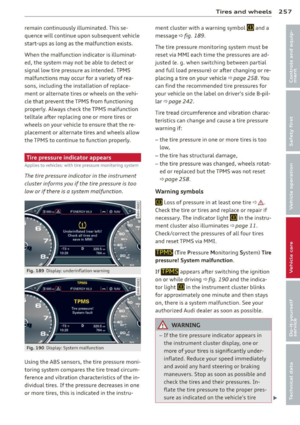 259
259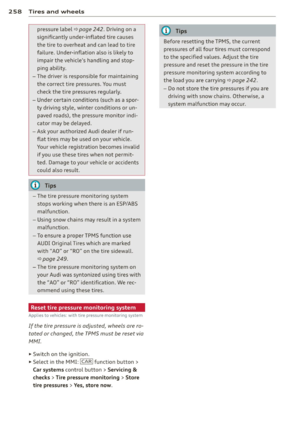 260
260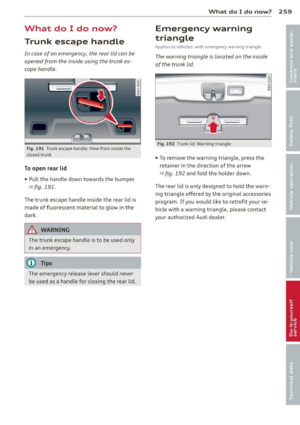 261
261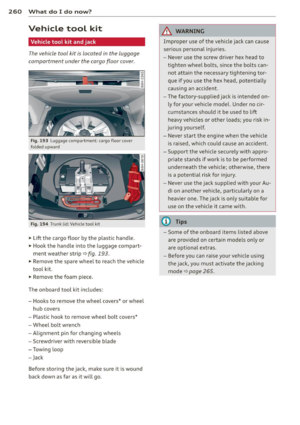 262
262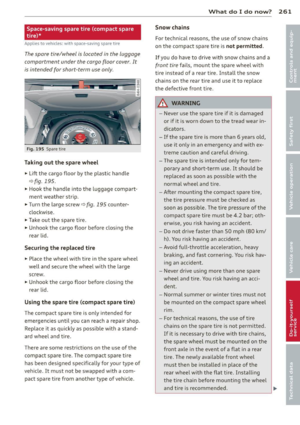 263
263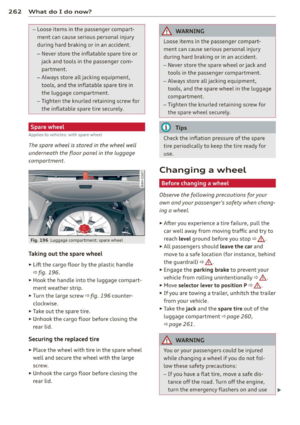 264
264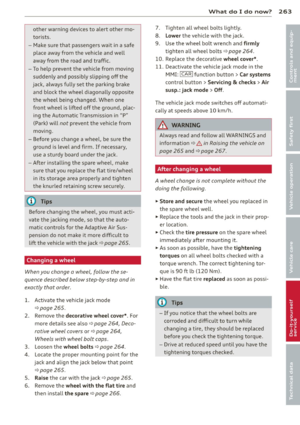 265
265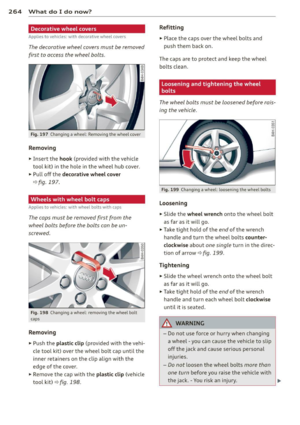 266
266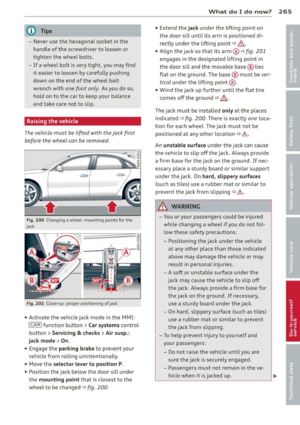 267
267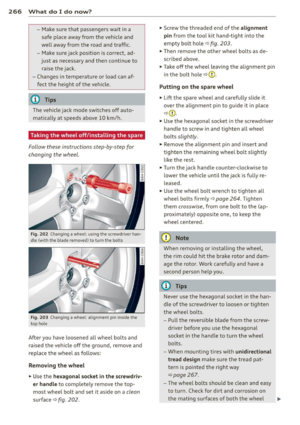 268
268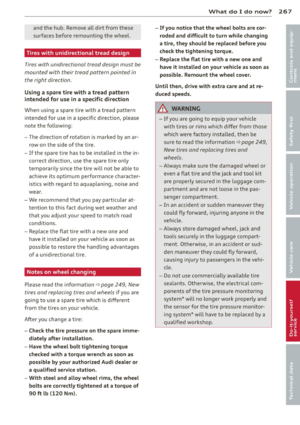 269
269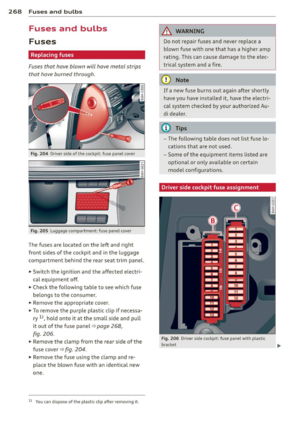 270
270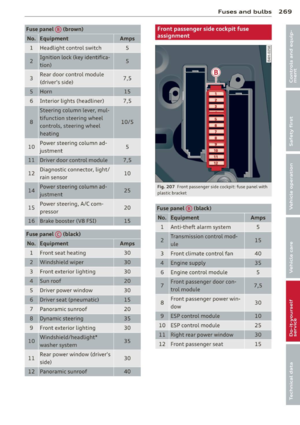 271
271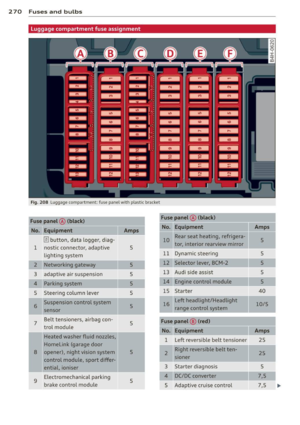 272
272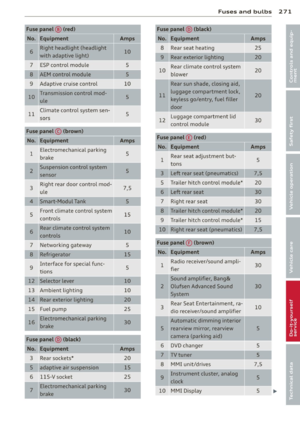 273
273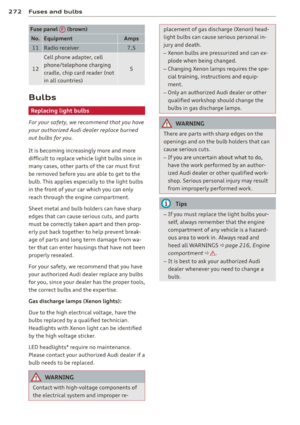 274
274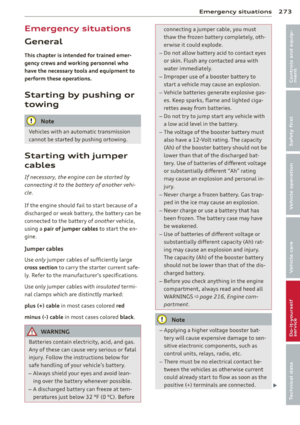 275
275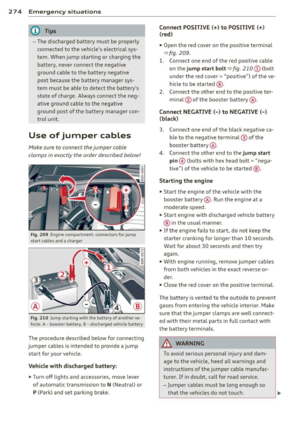 276
276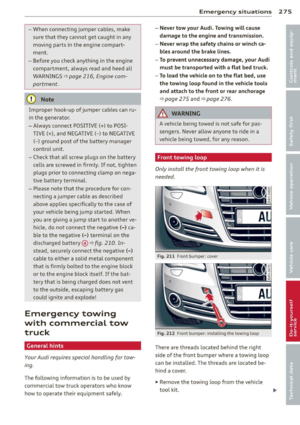 277
277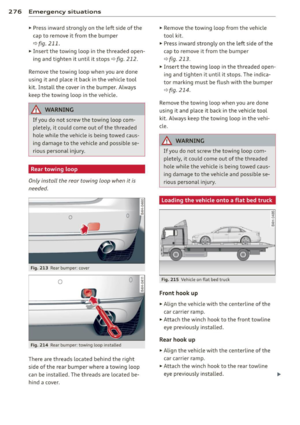 278
278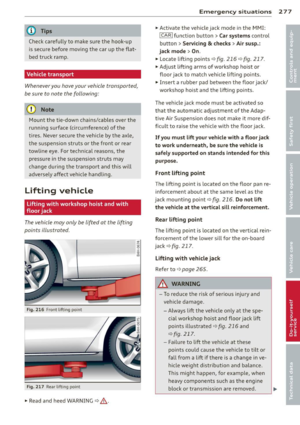 279
279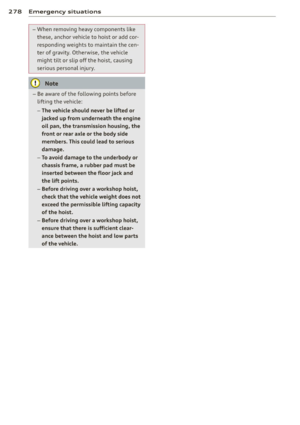 280
280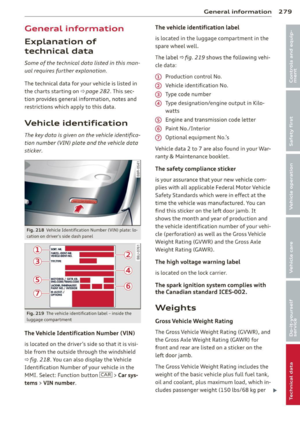 281
281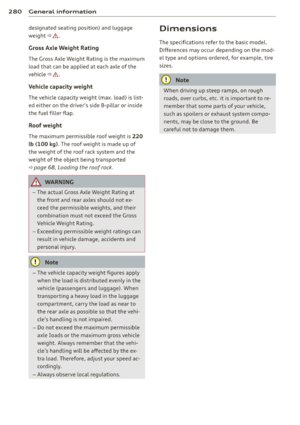 282
282 283
283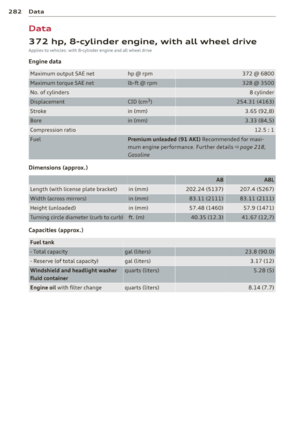 284
284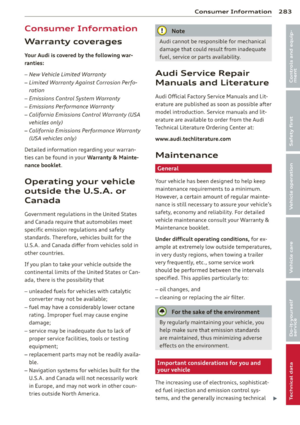 285
285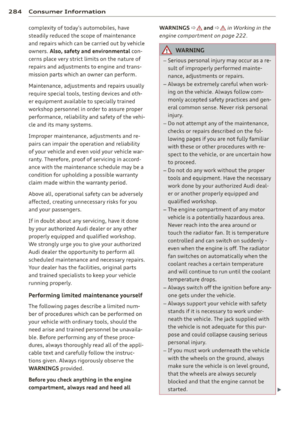 286
286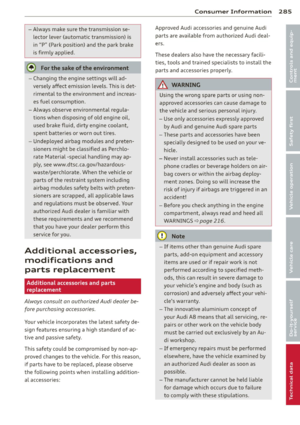 287
287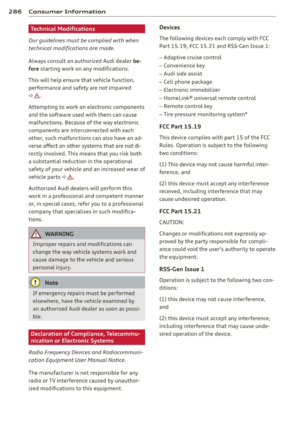 288
288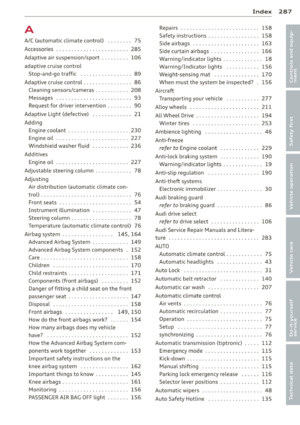 289
289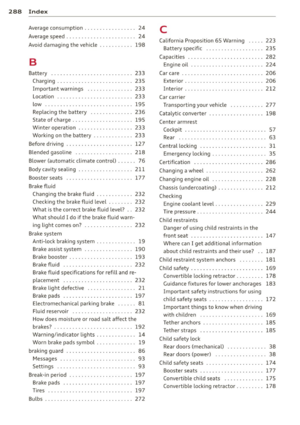 290
290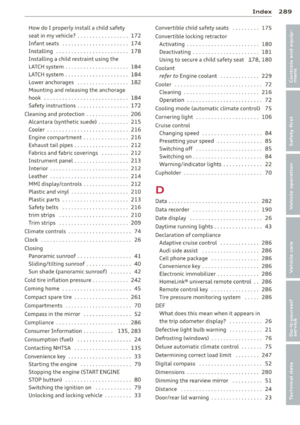 291
291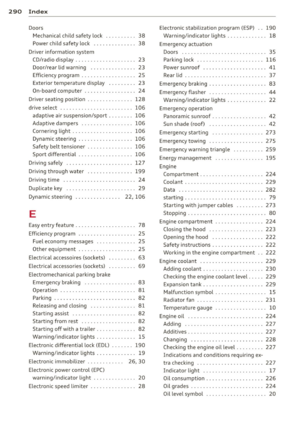 292
292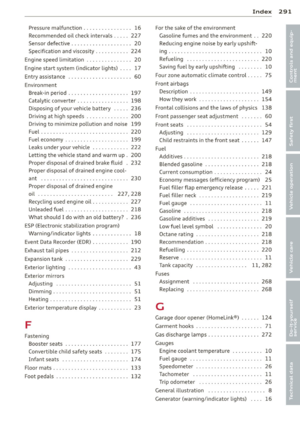 293
293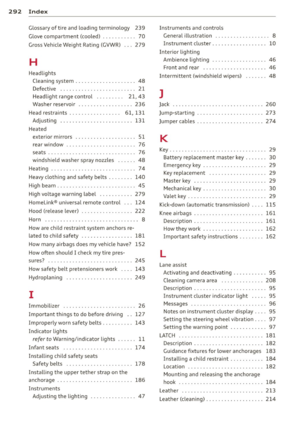 294
294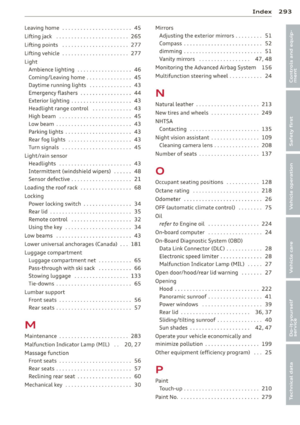 295
295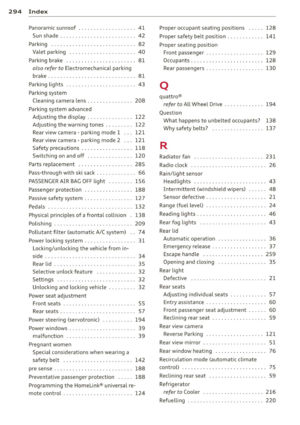 296
296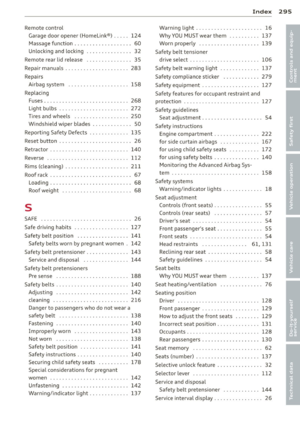 297
297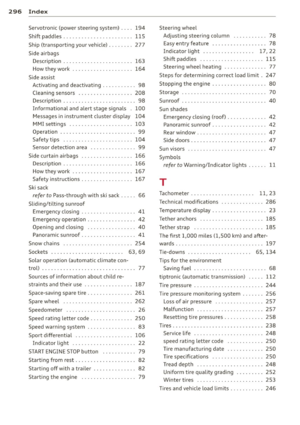 298
298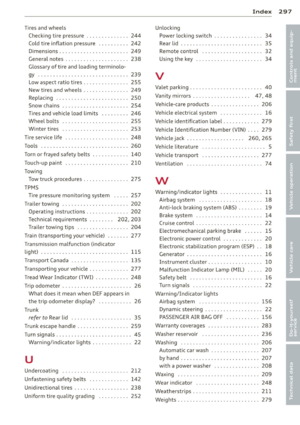 299
299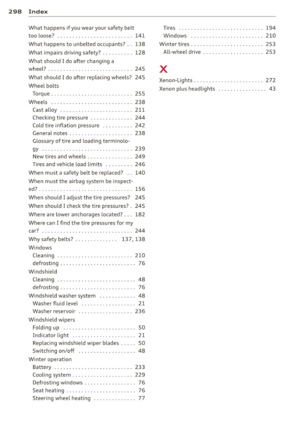 300
300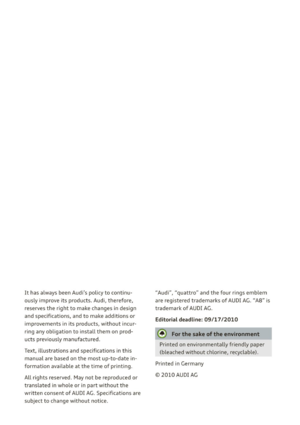 301
301






